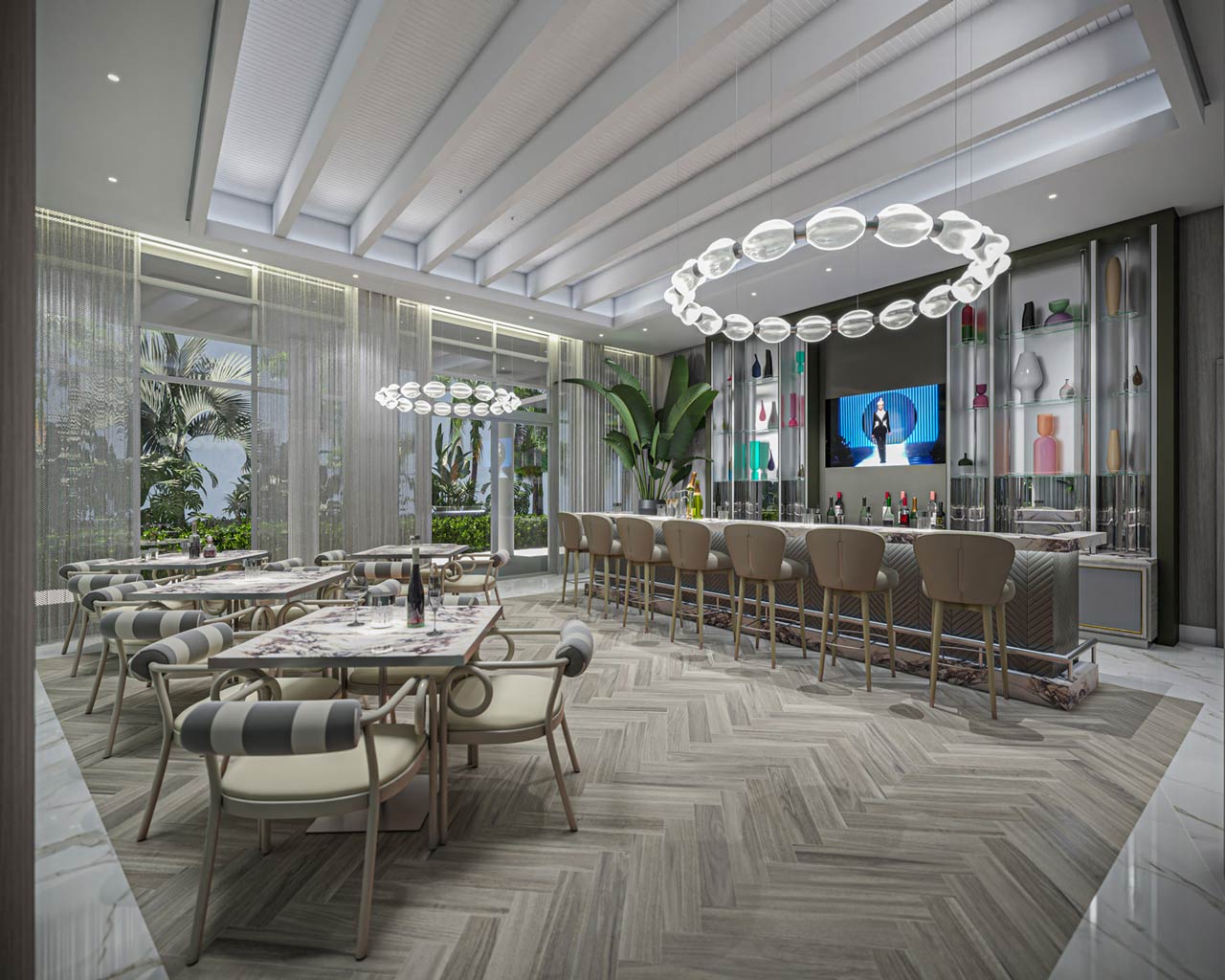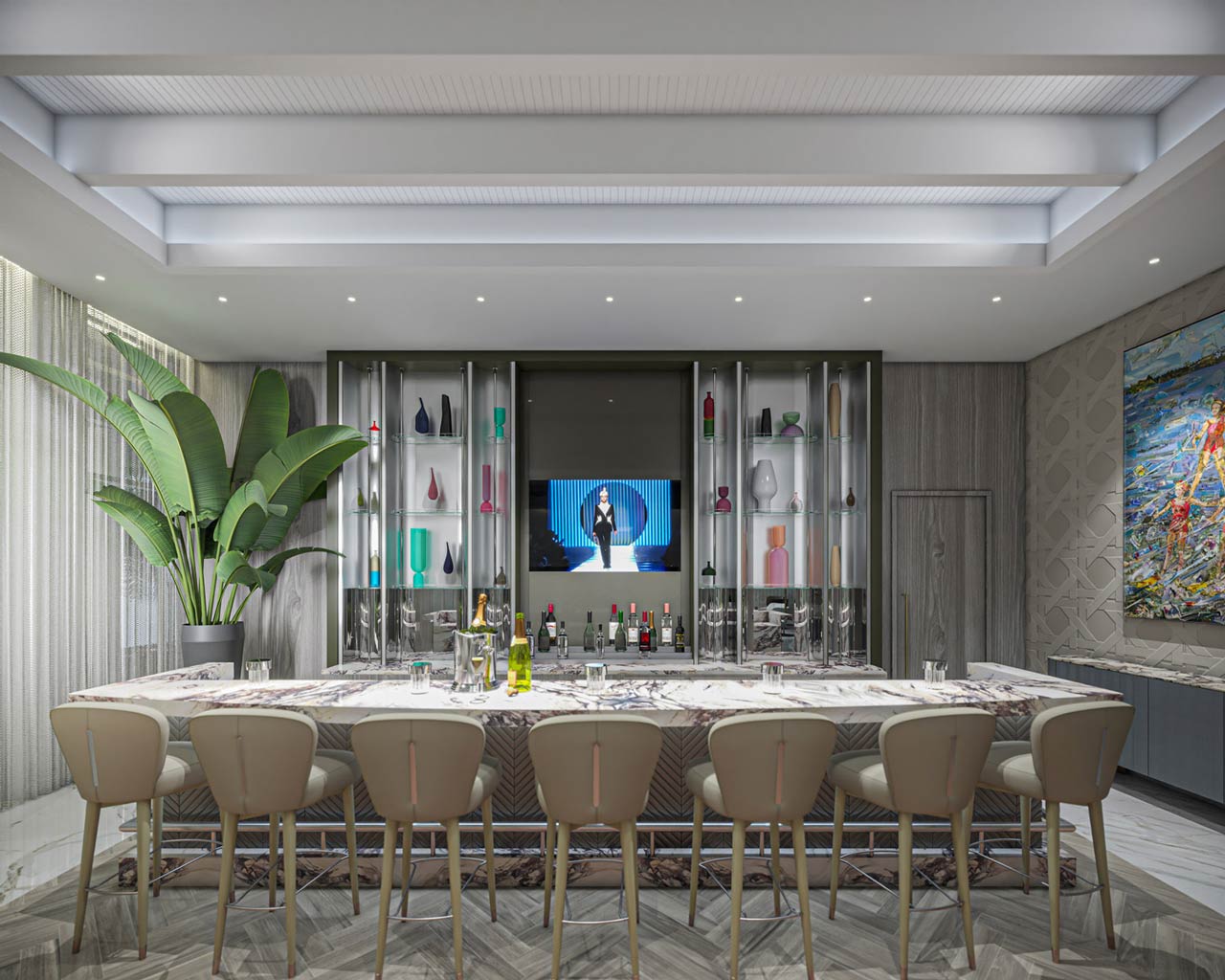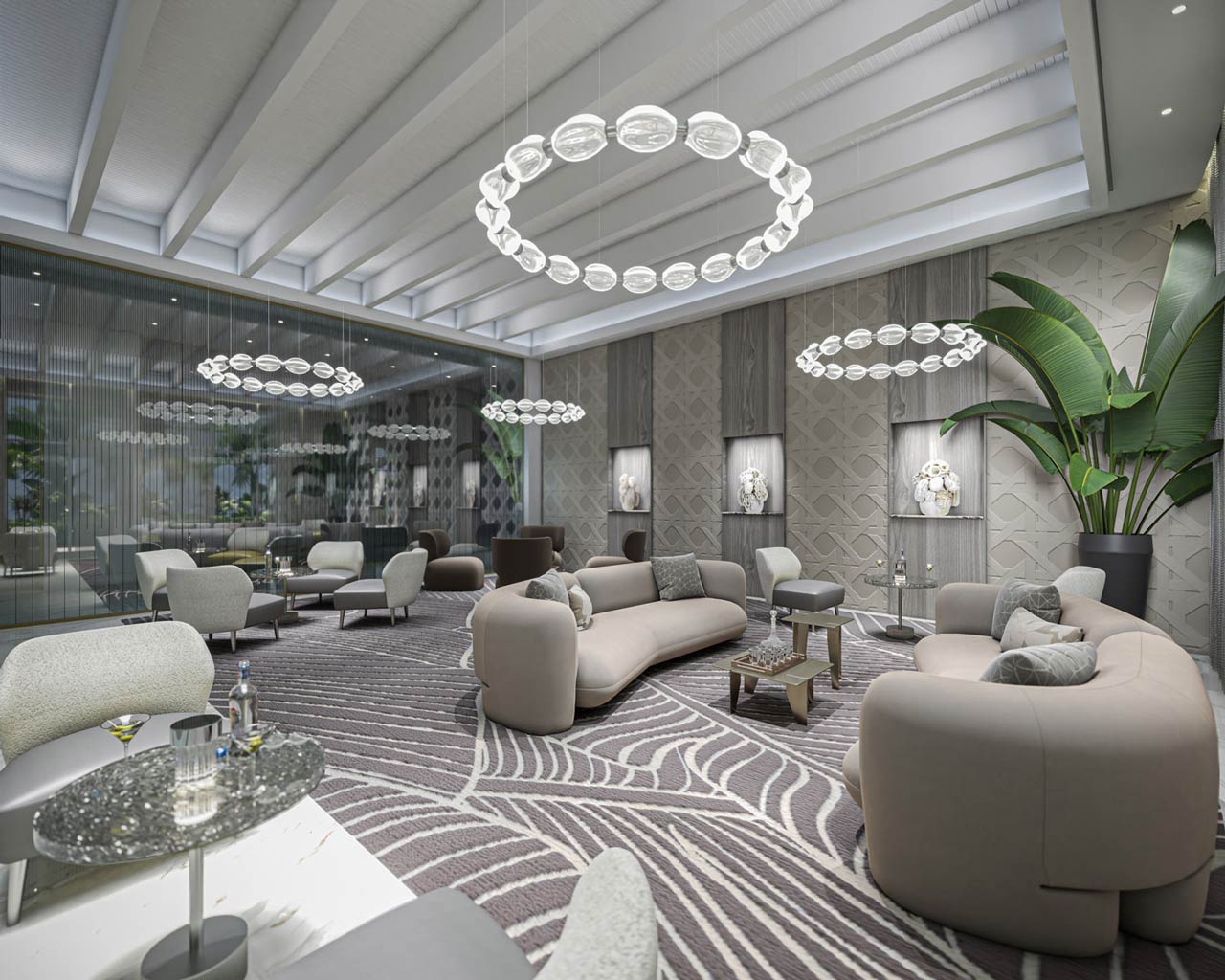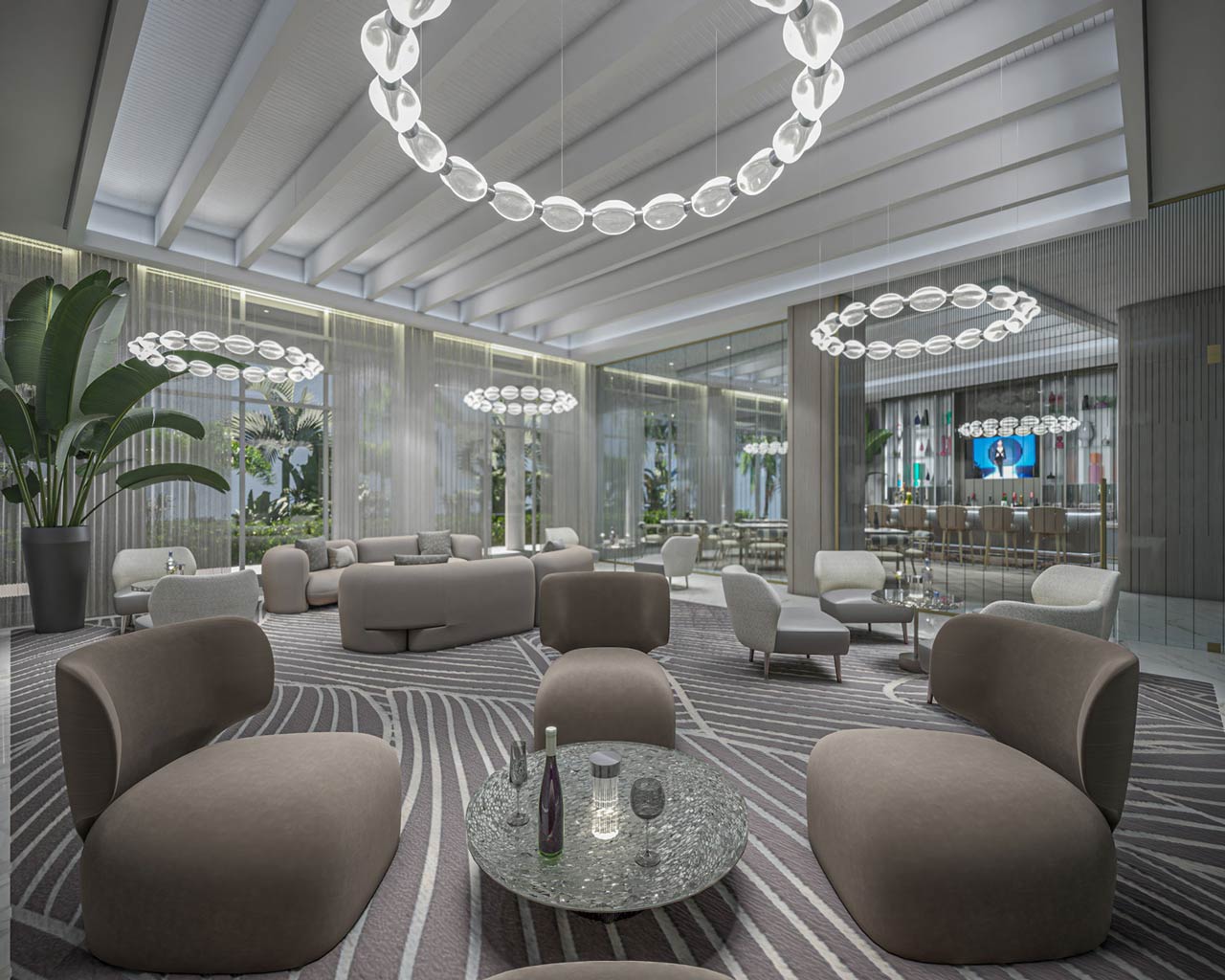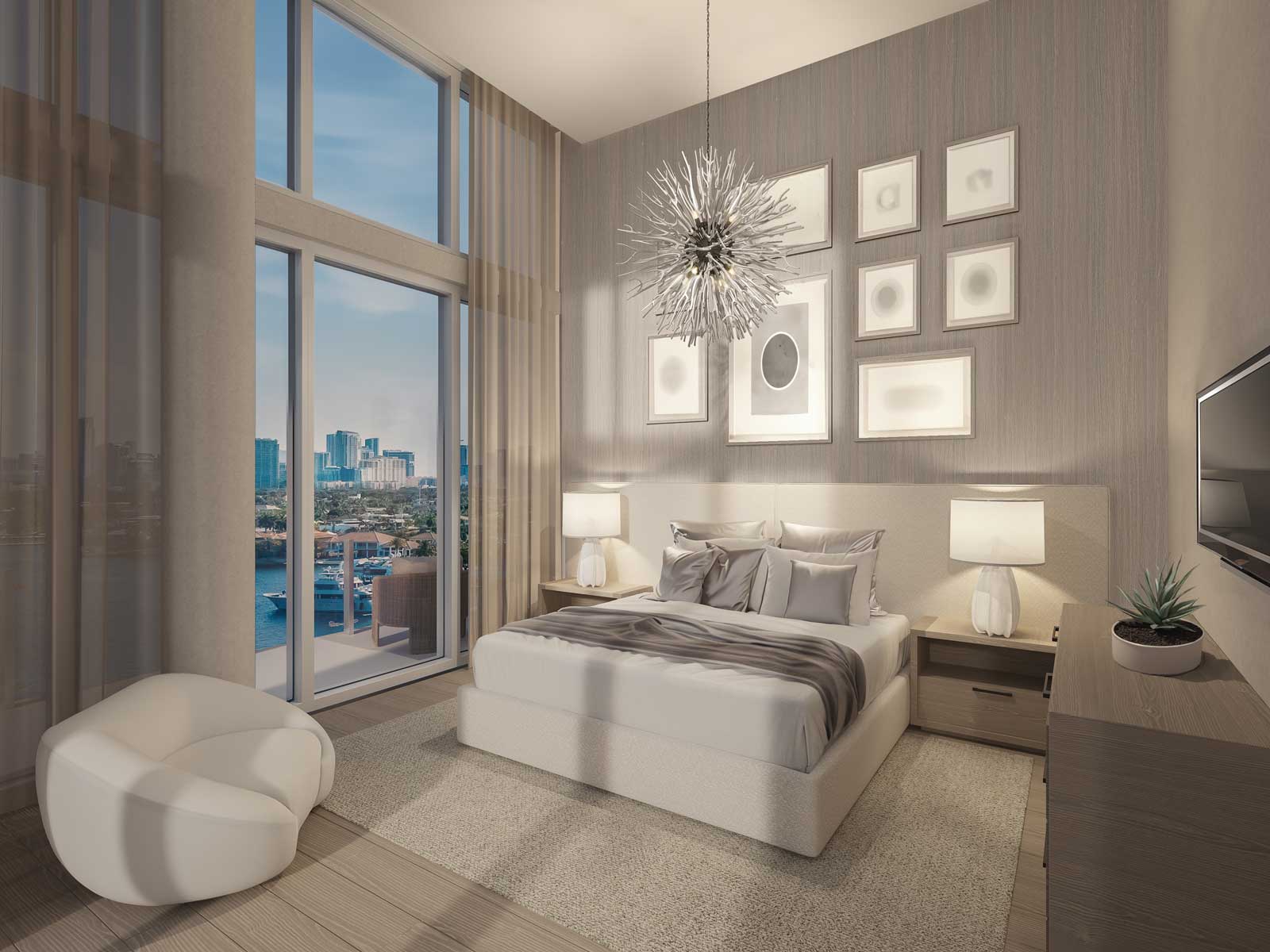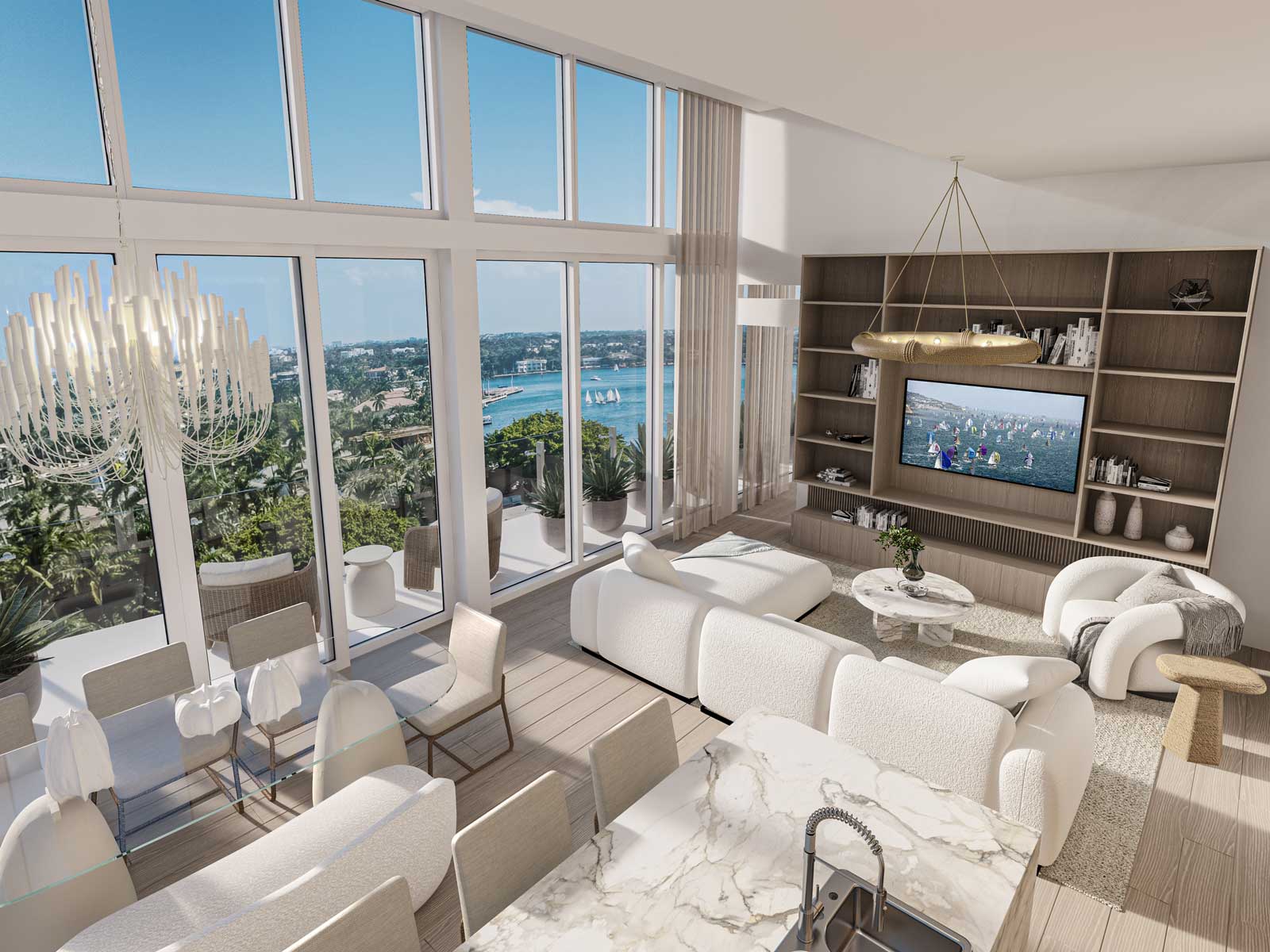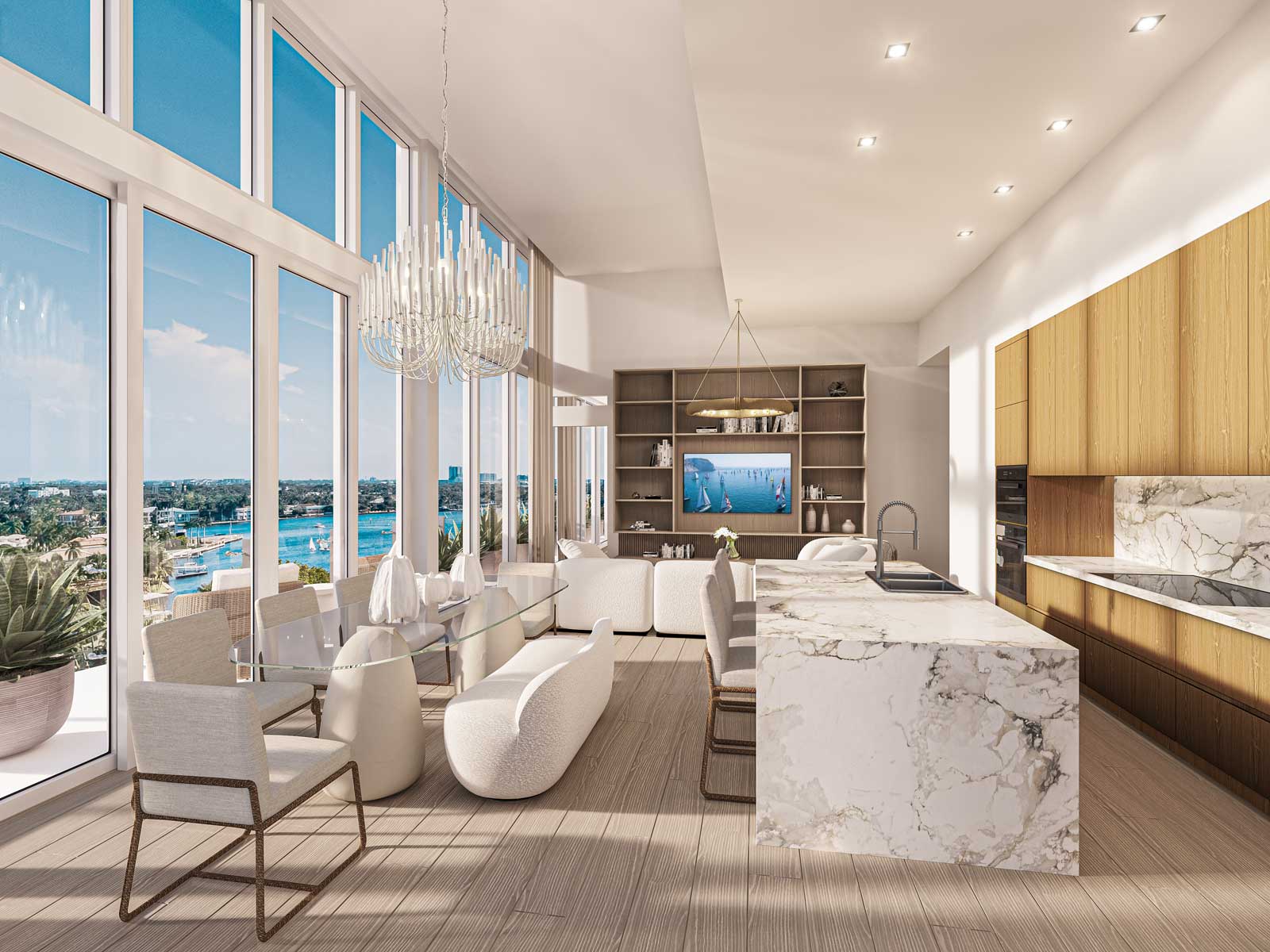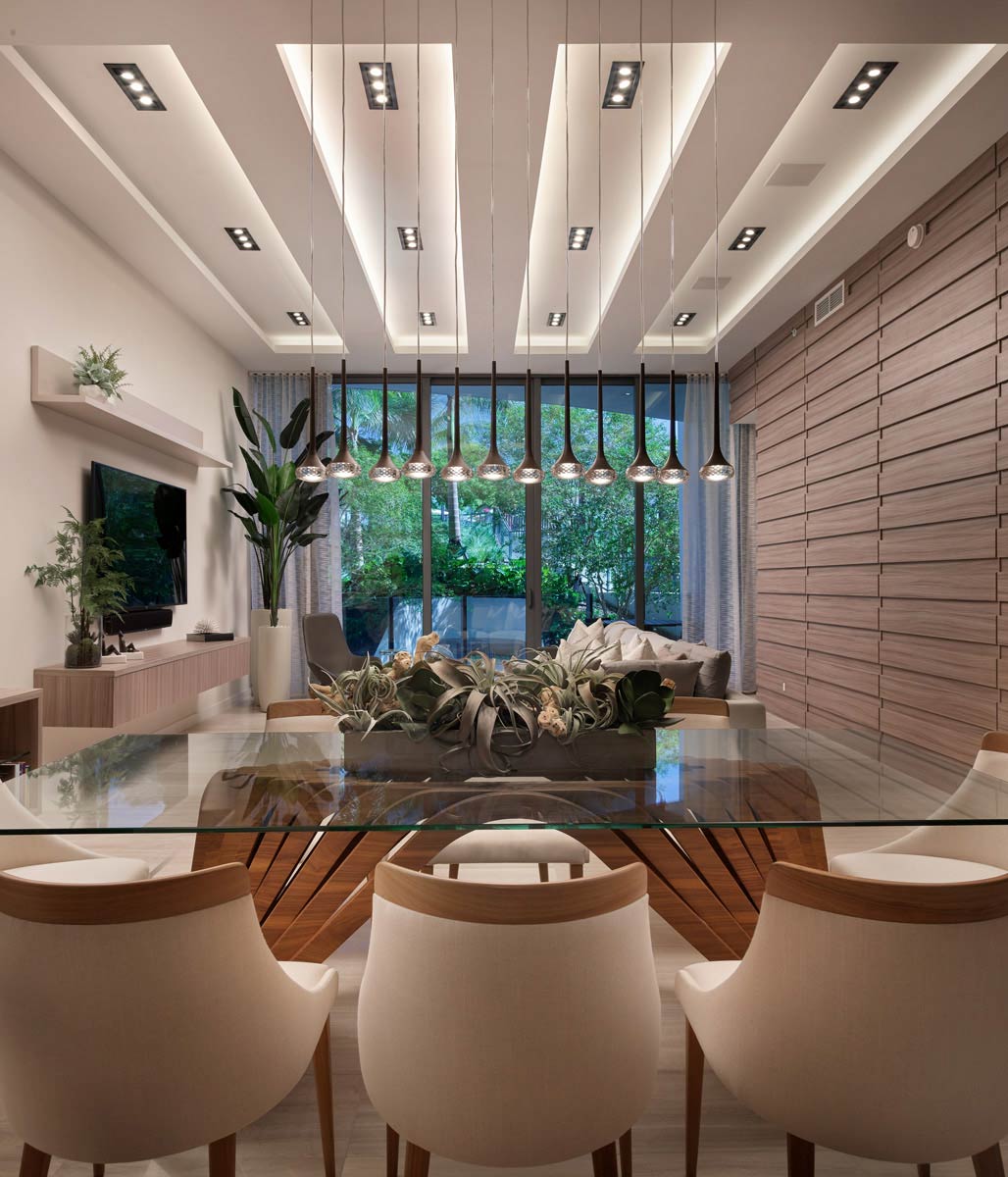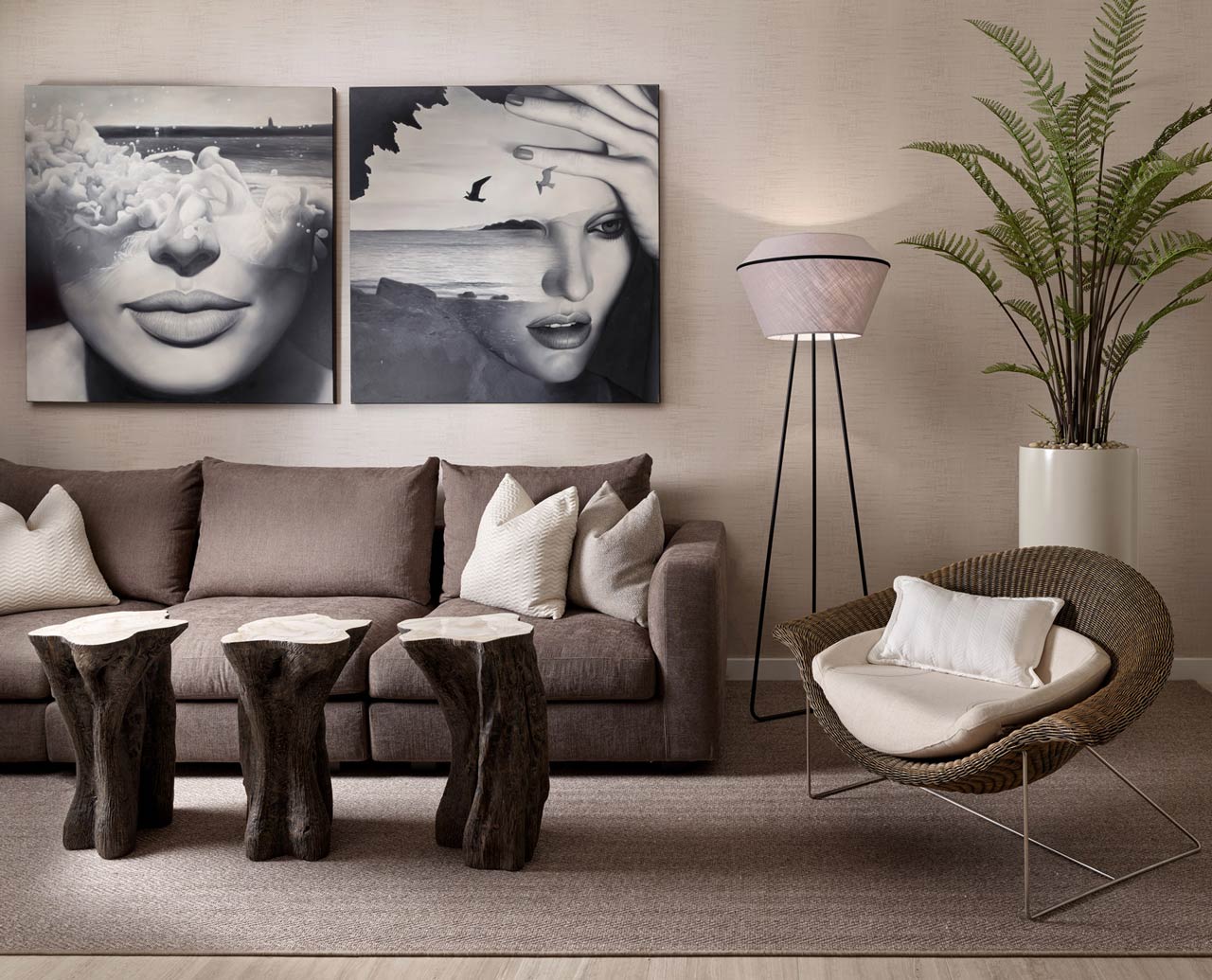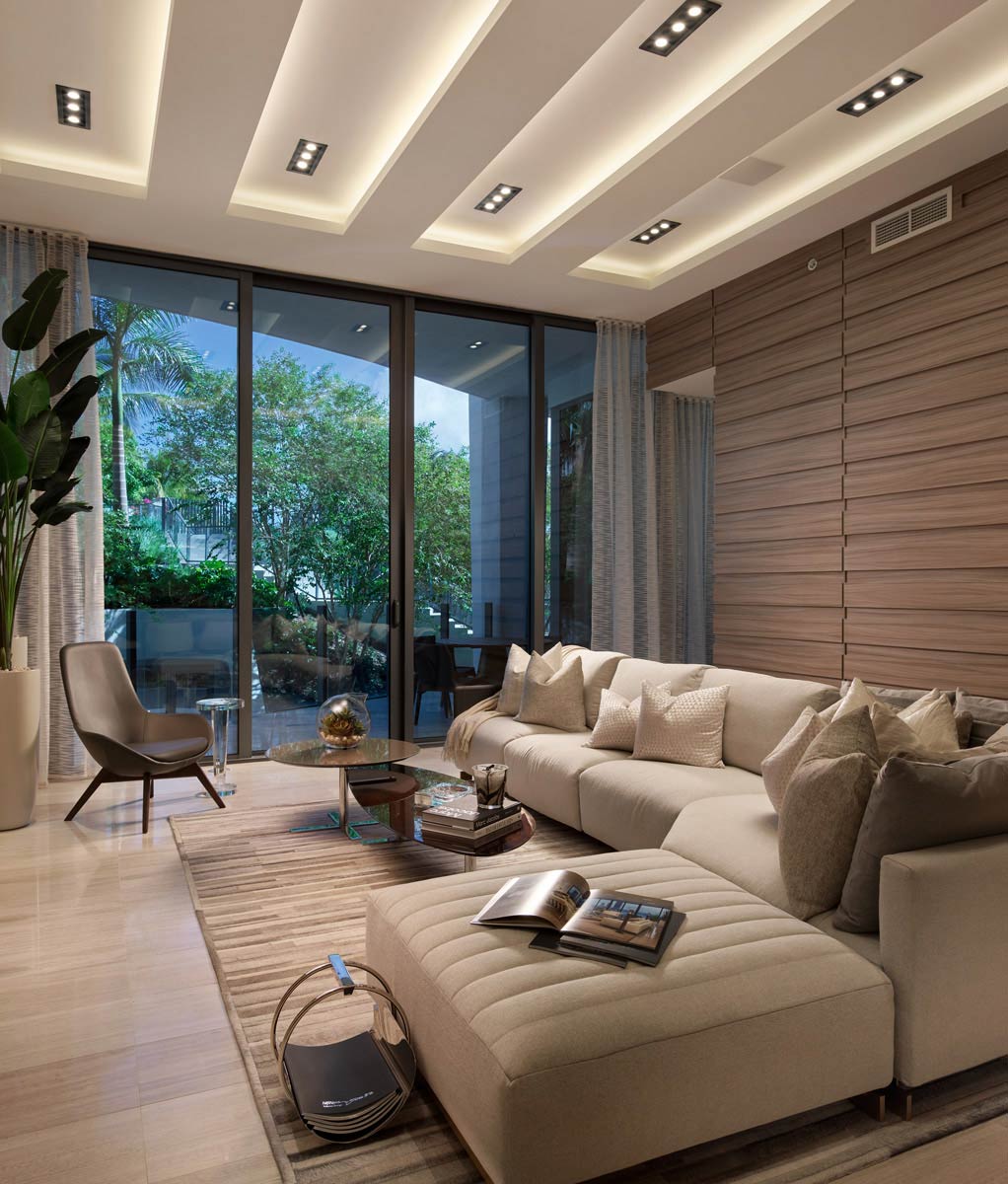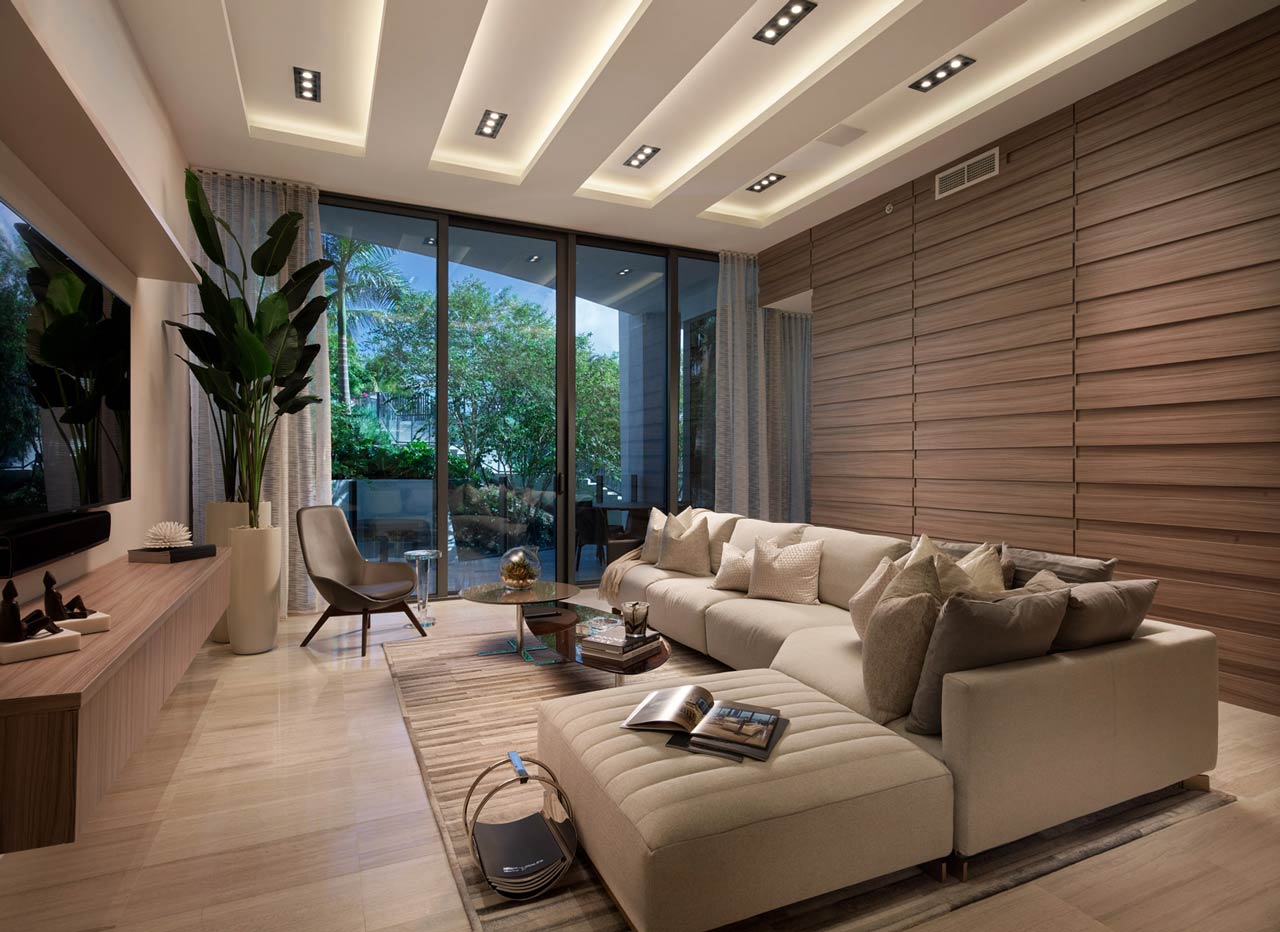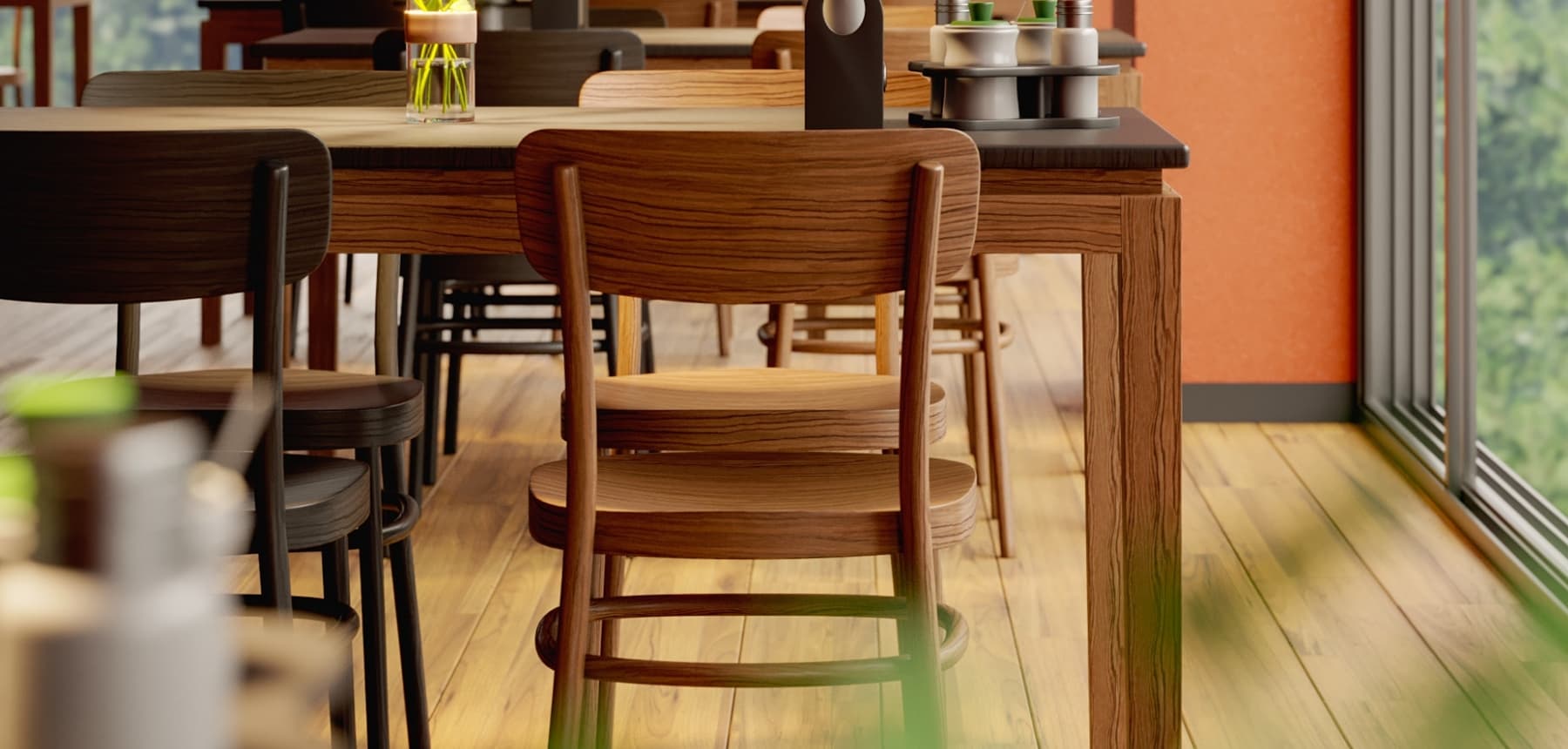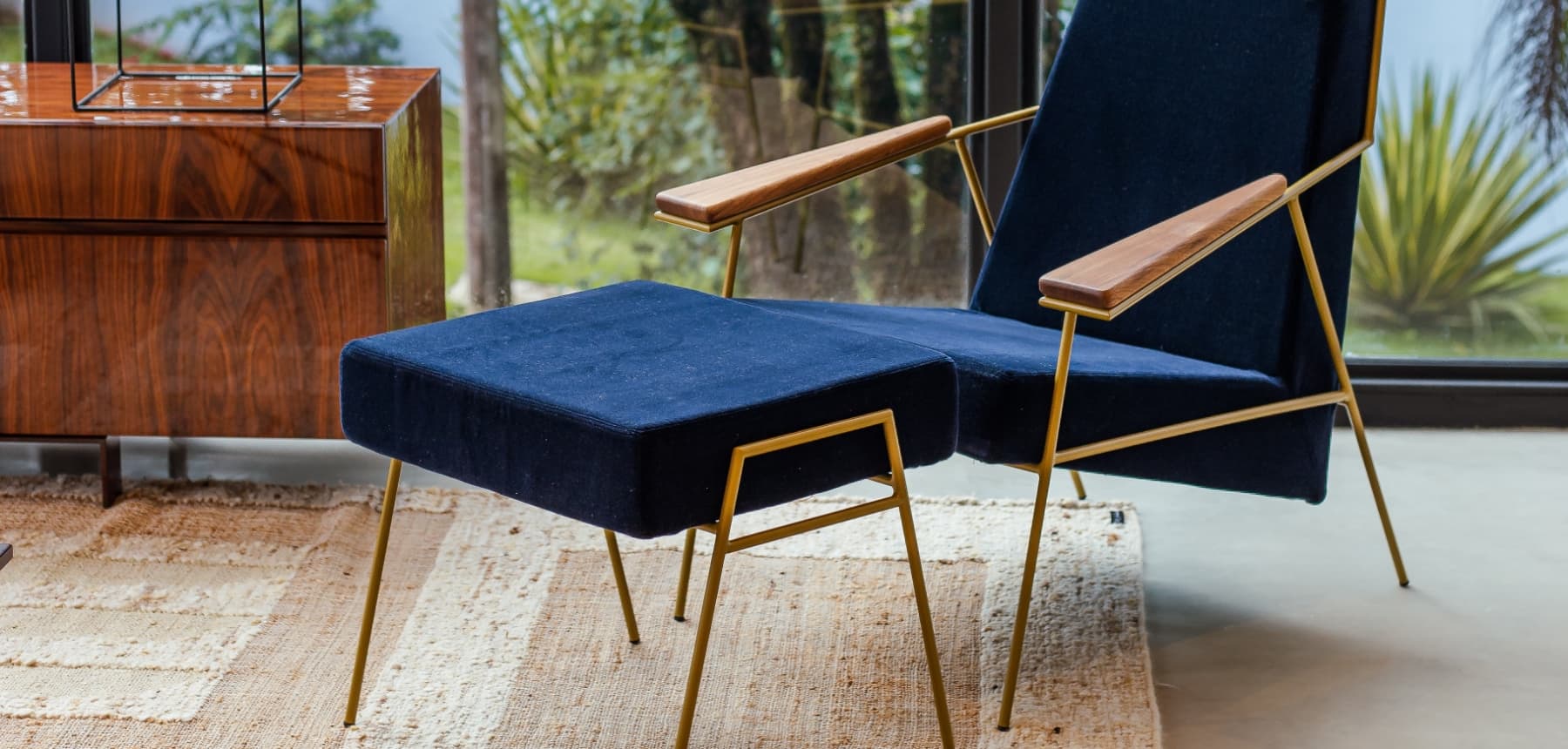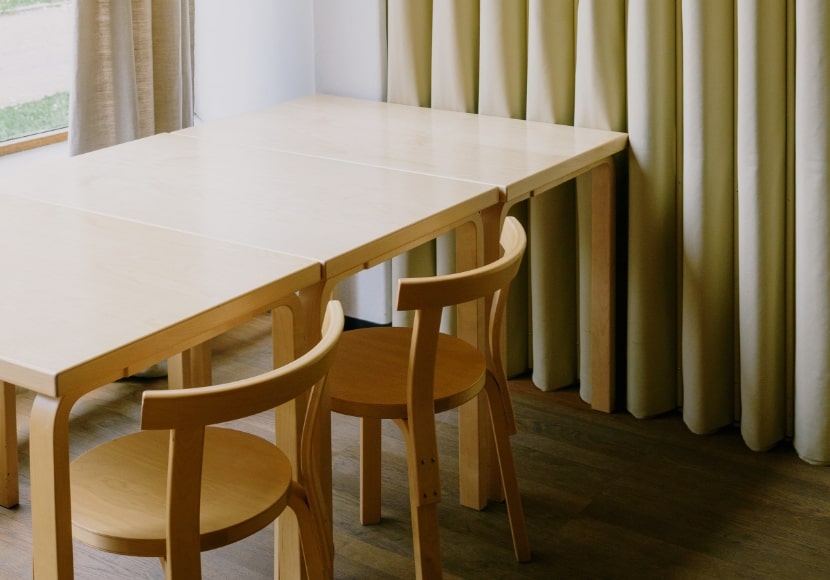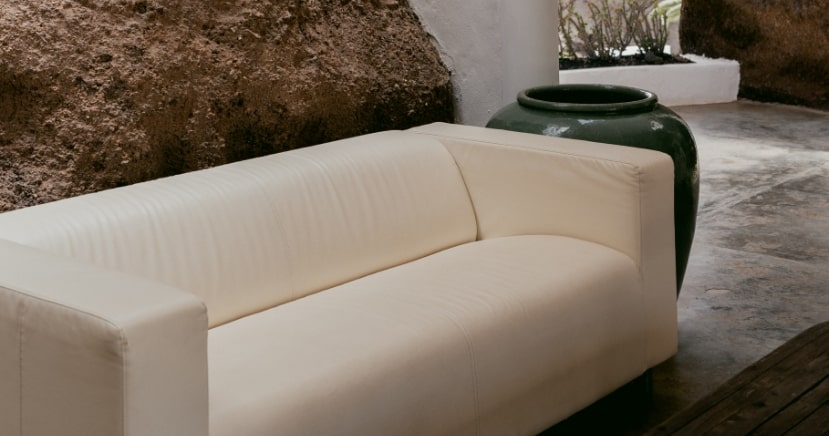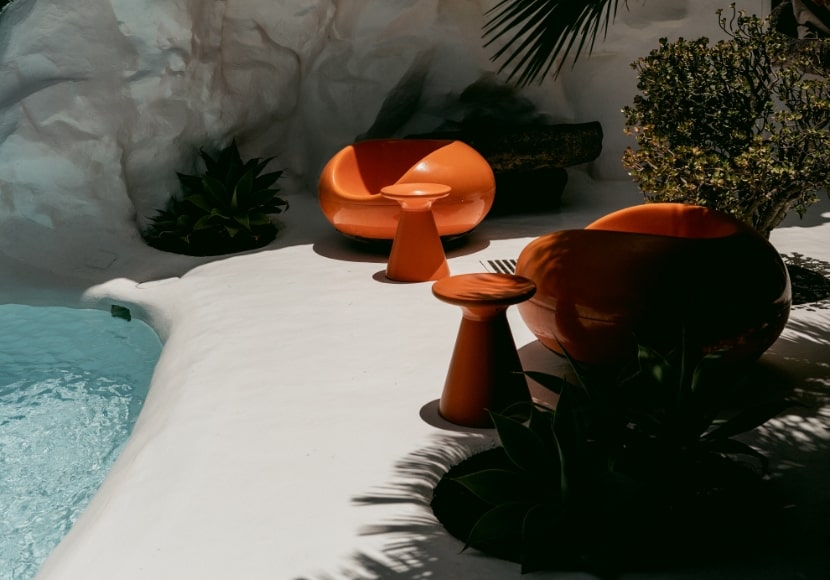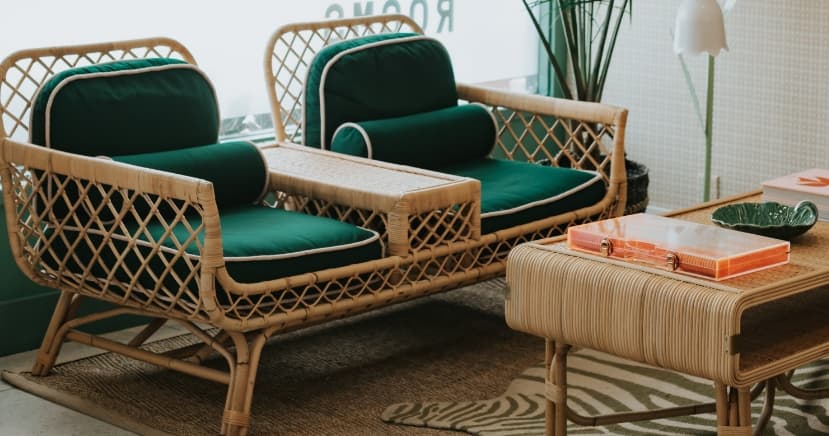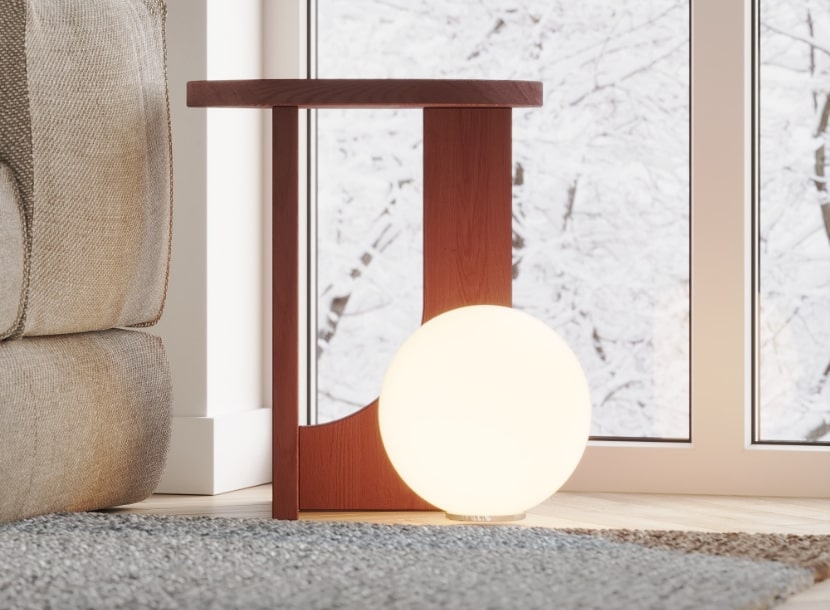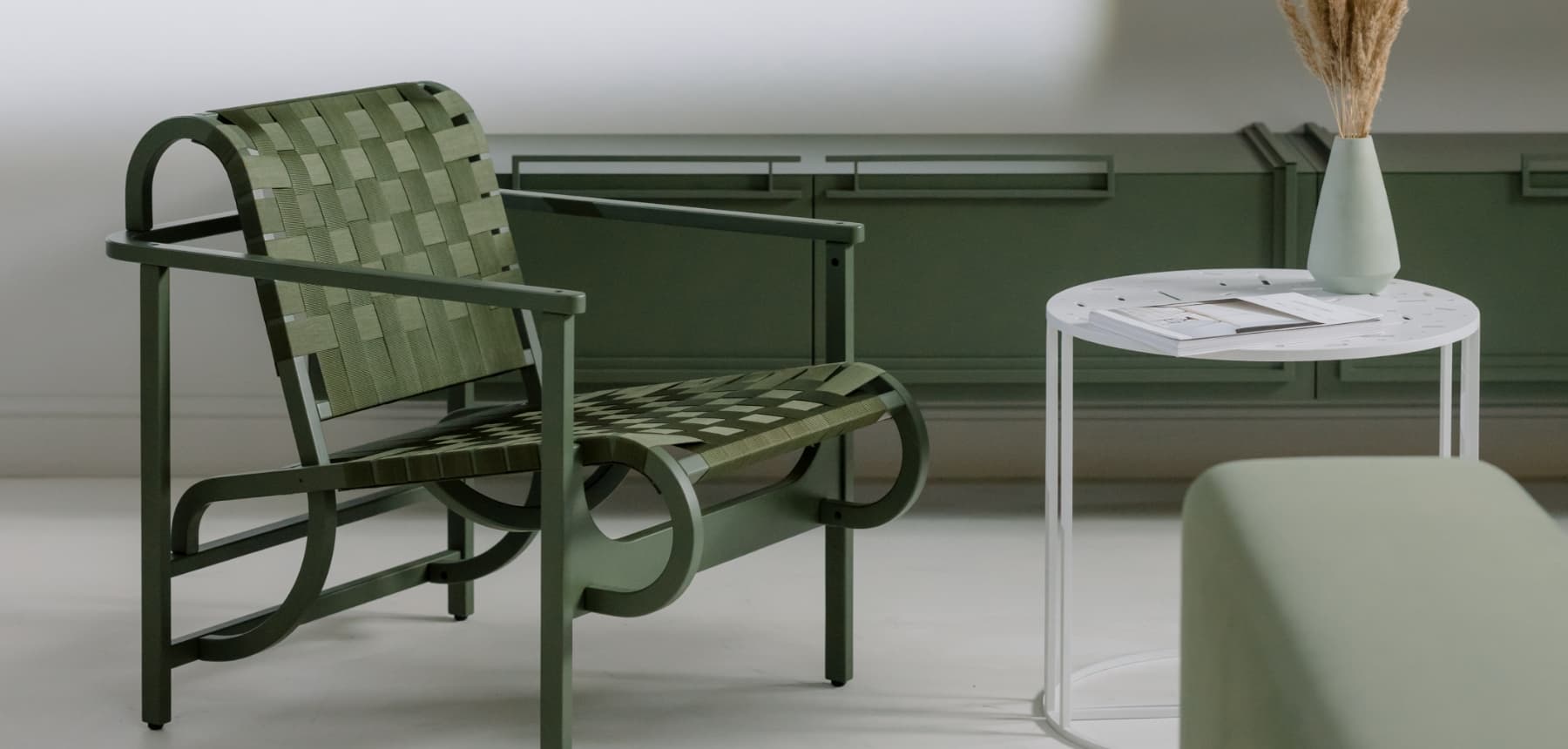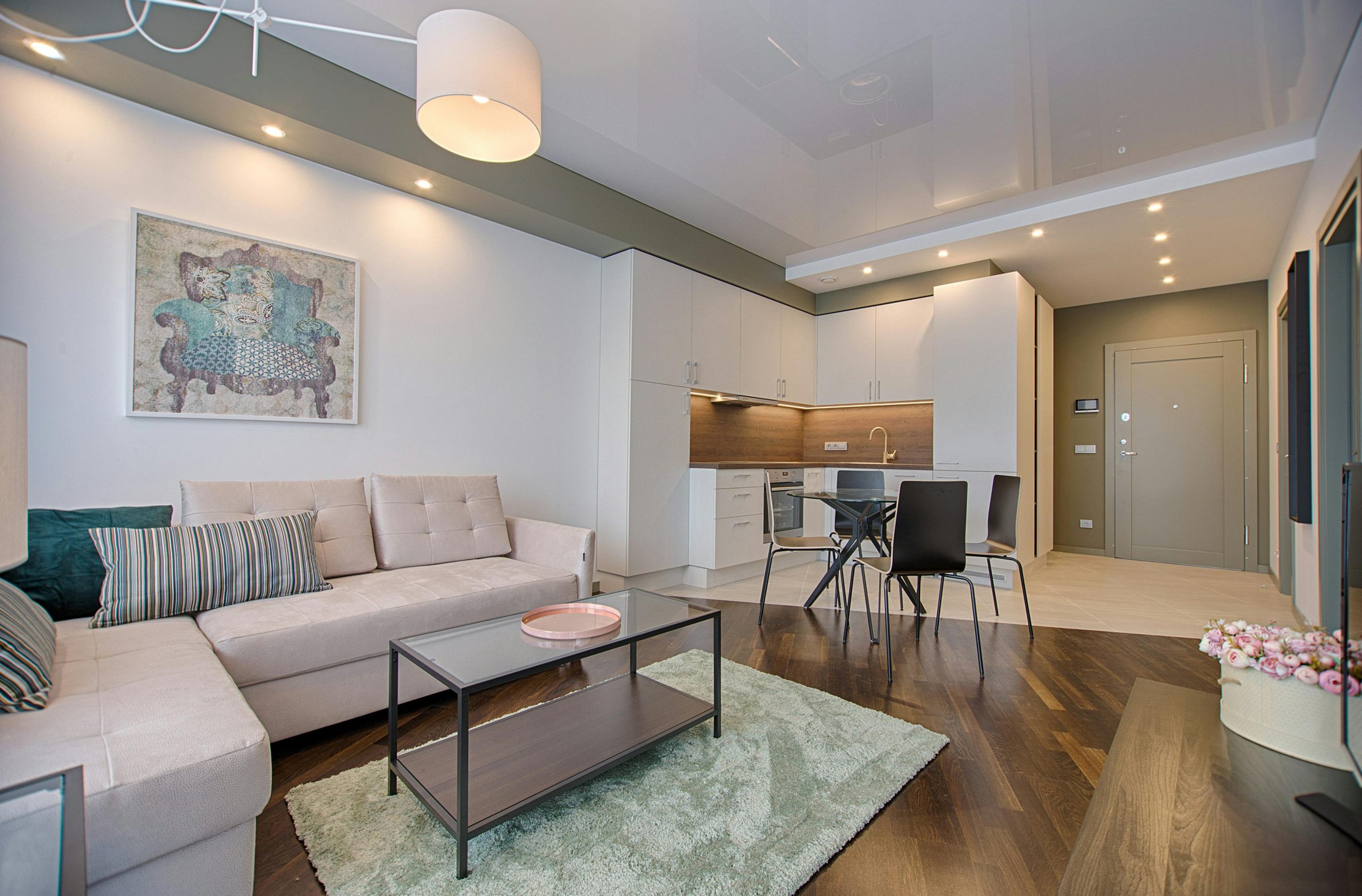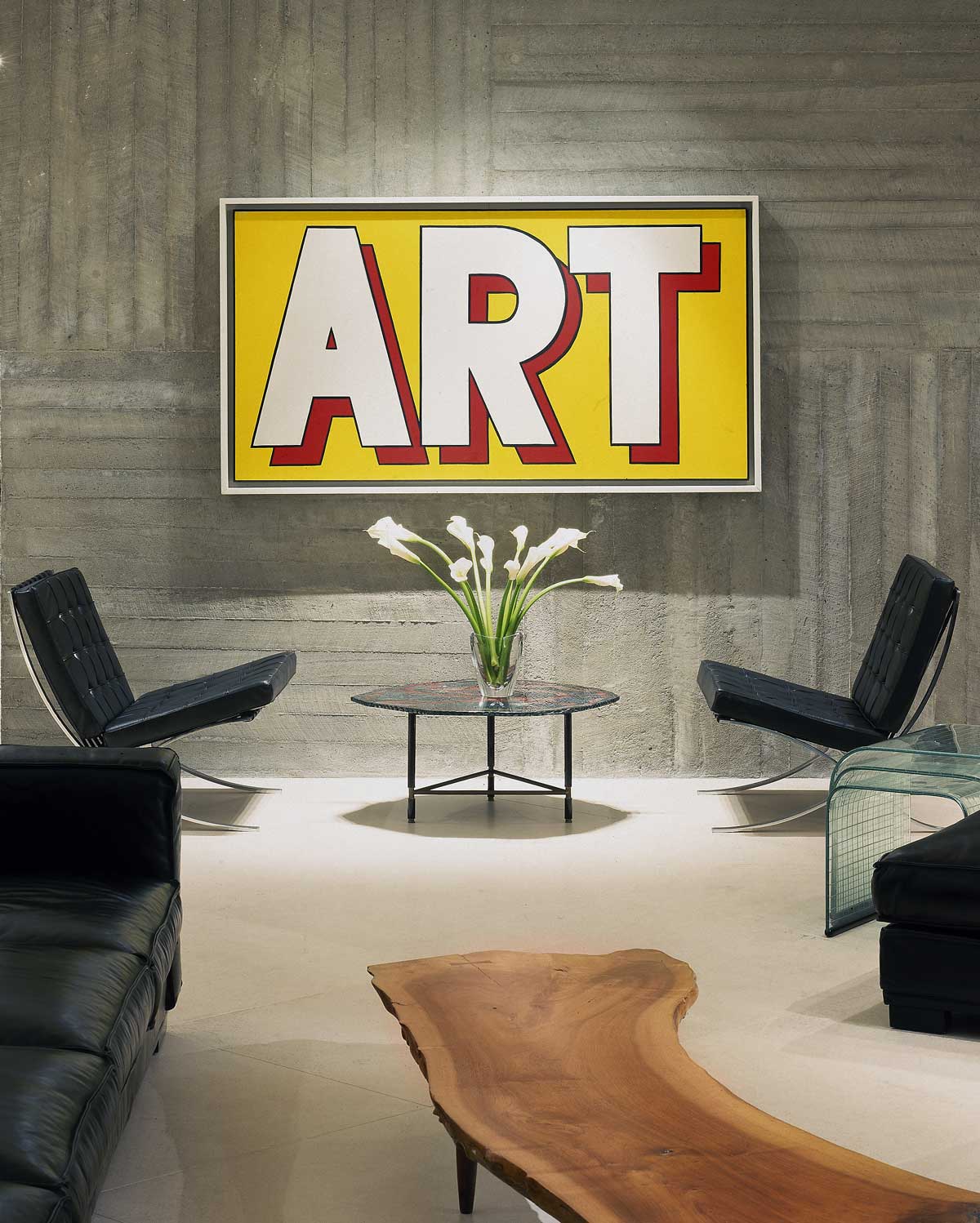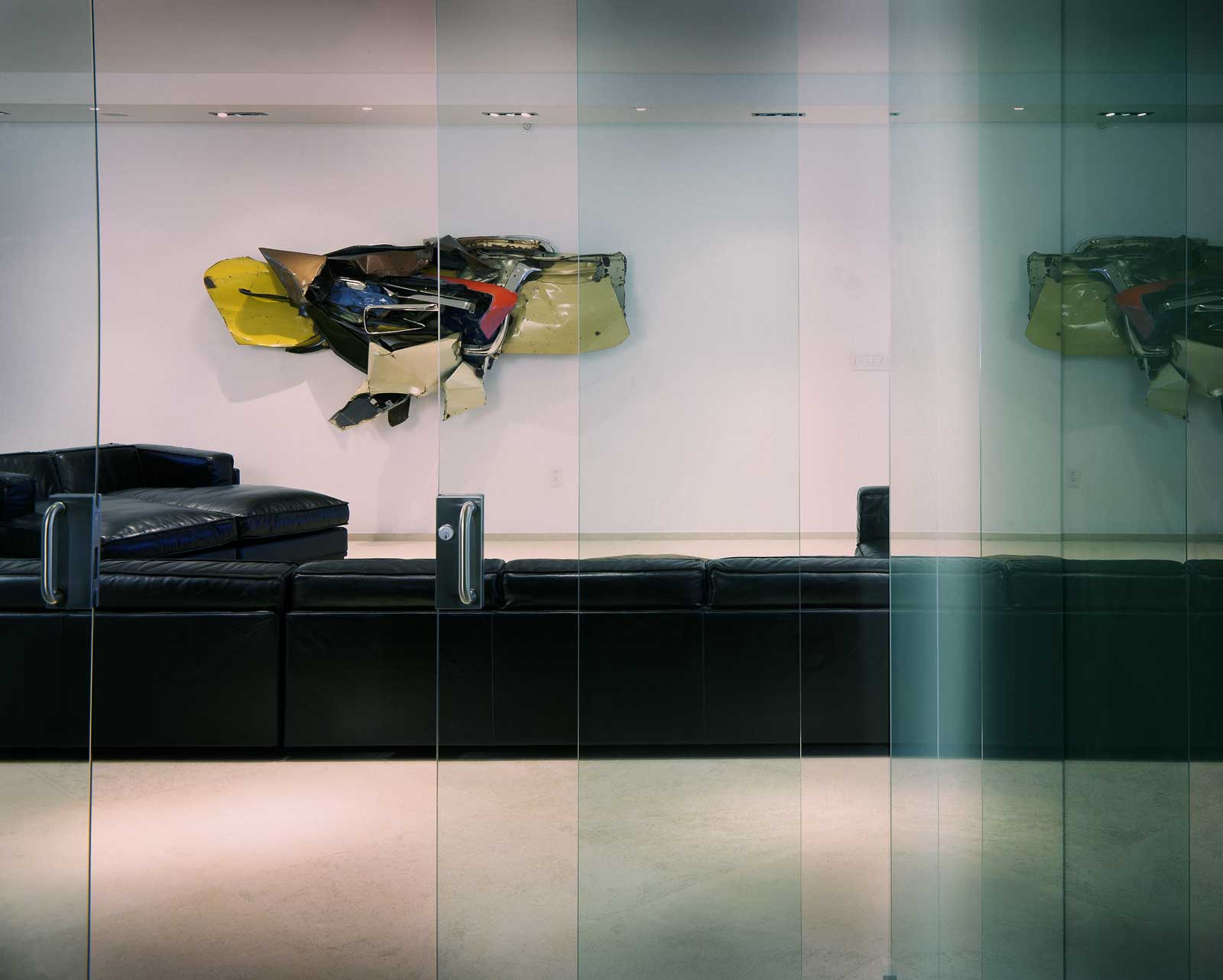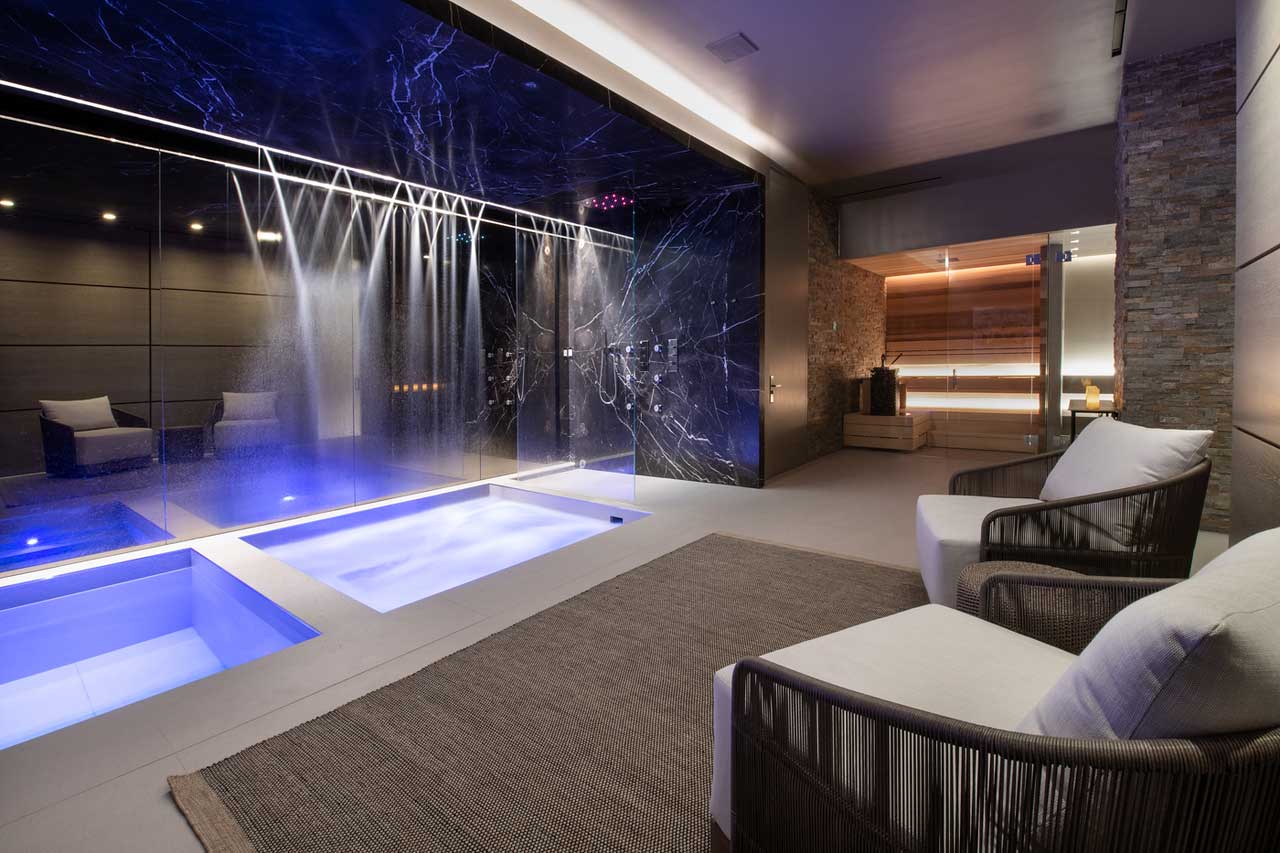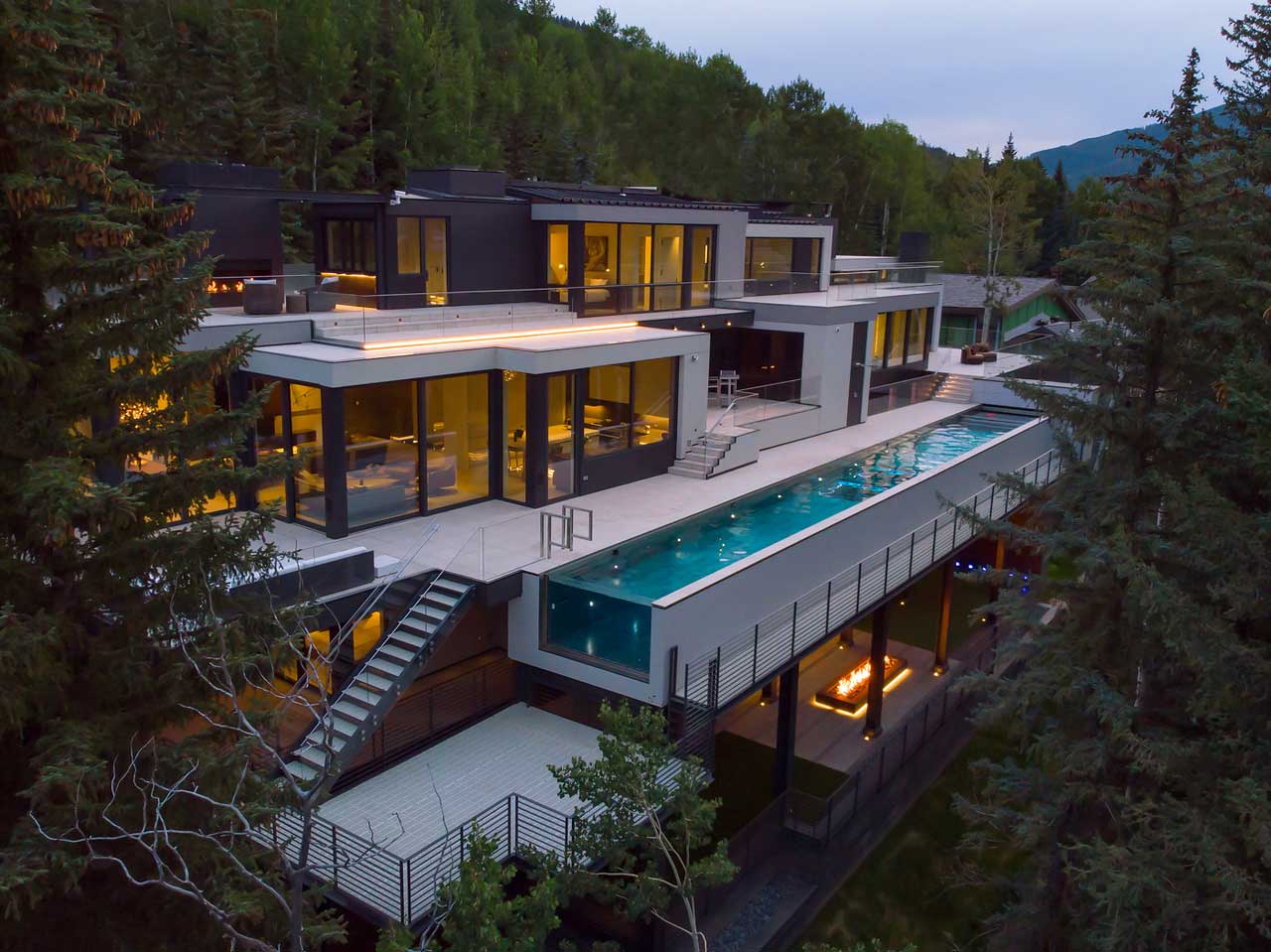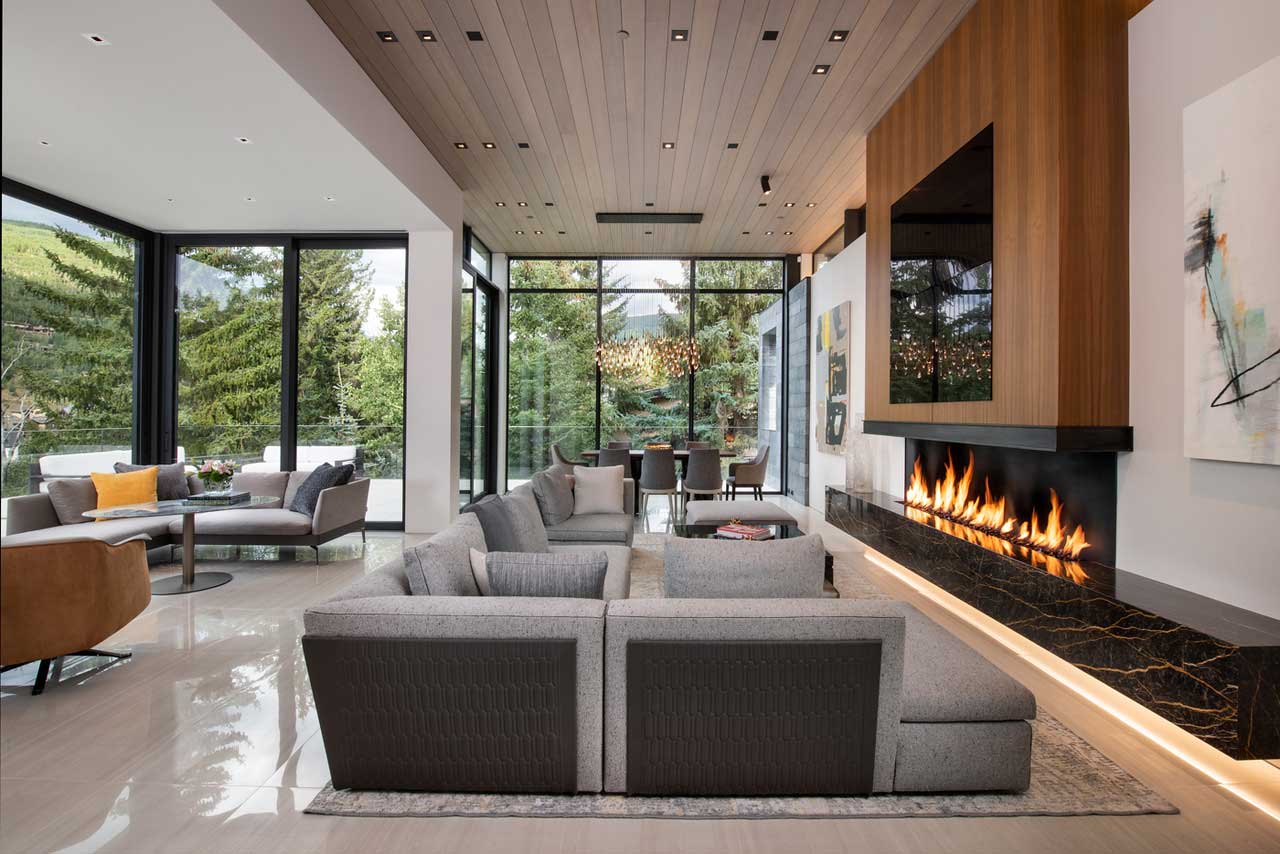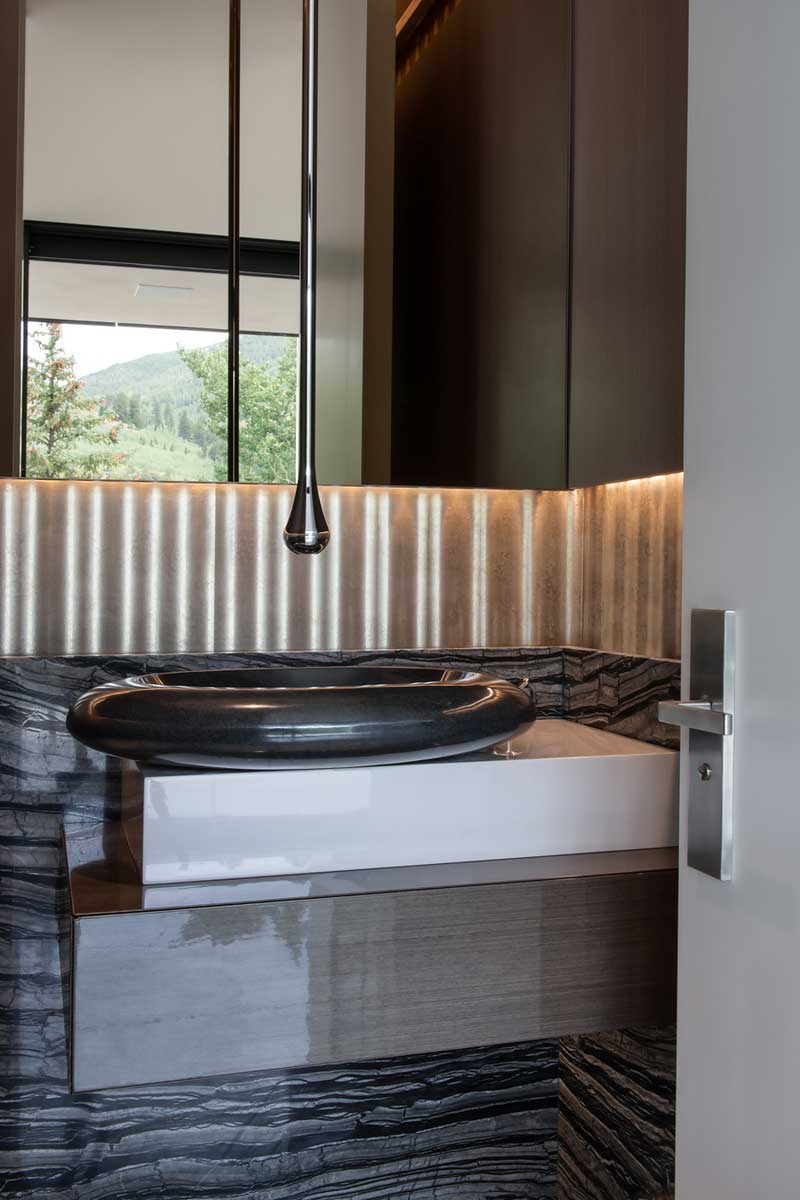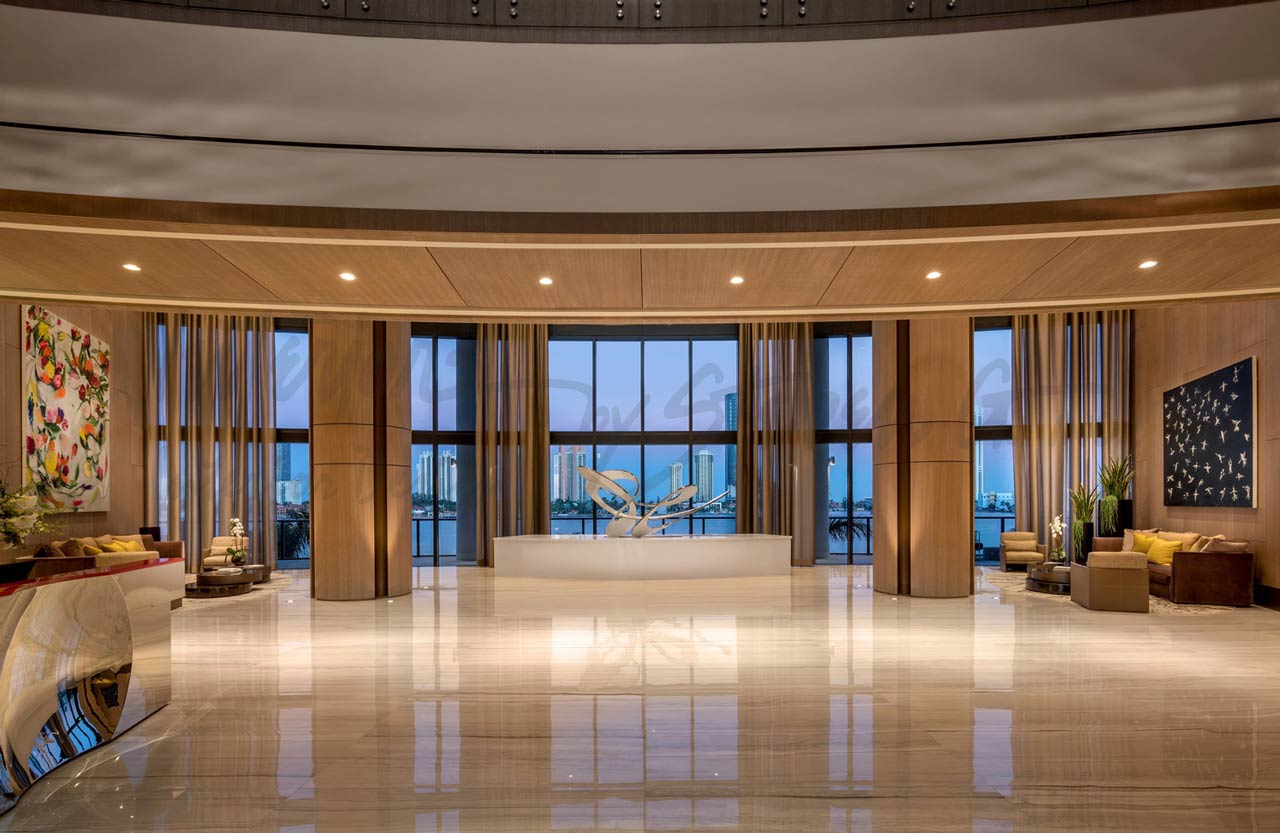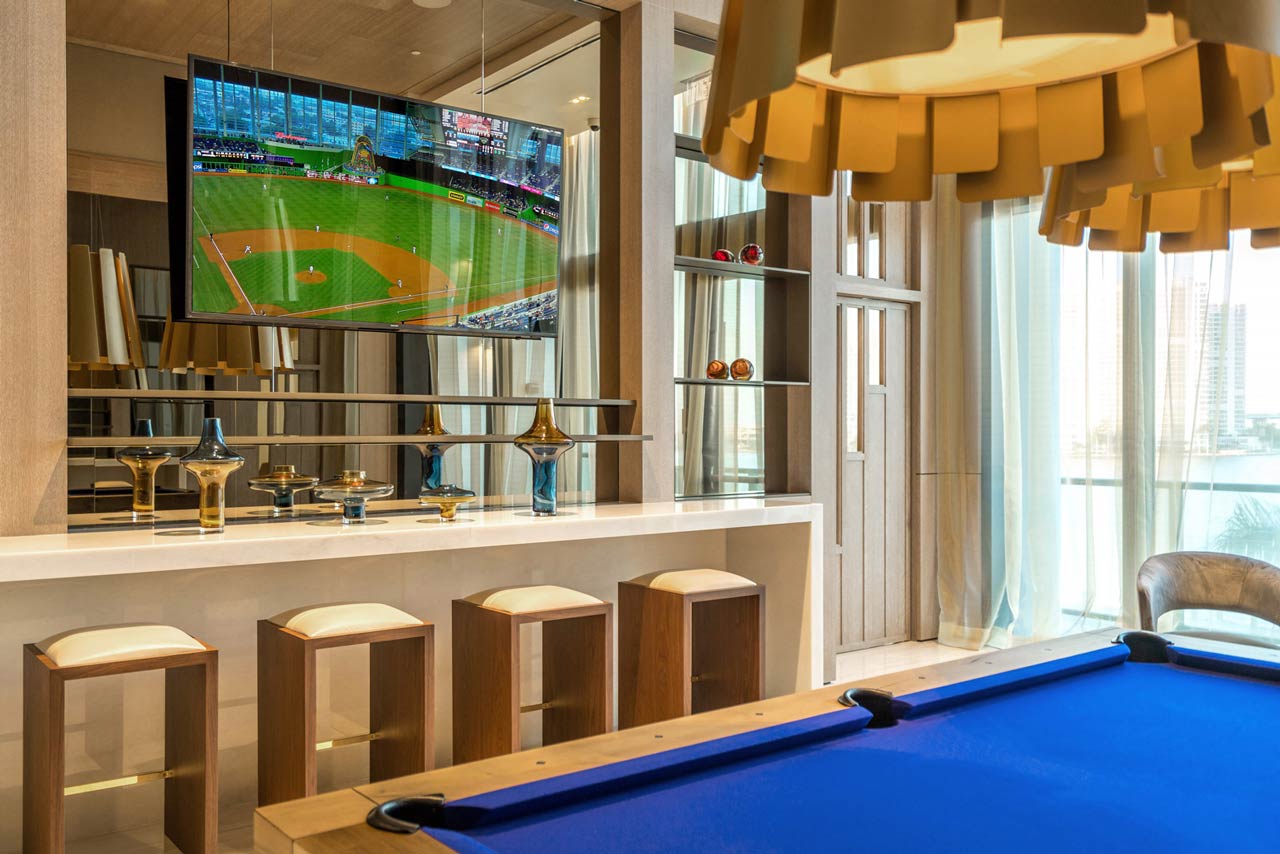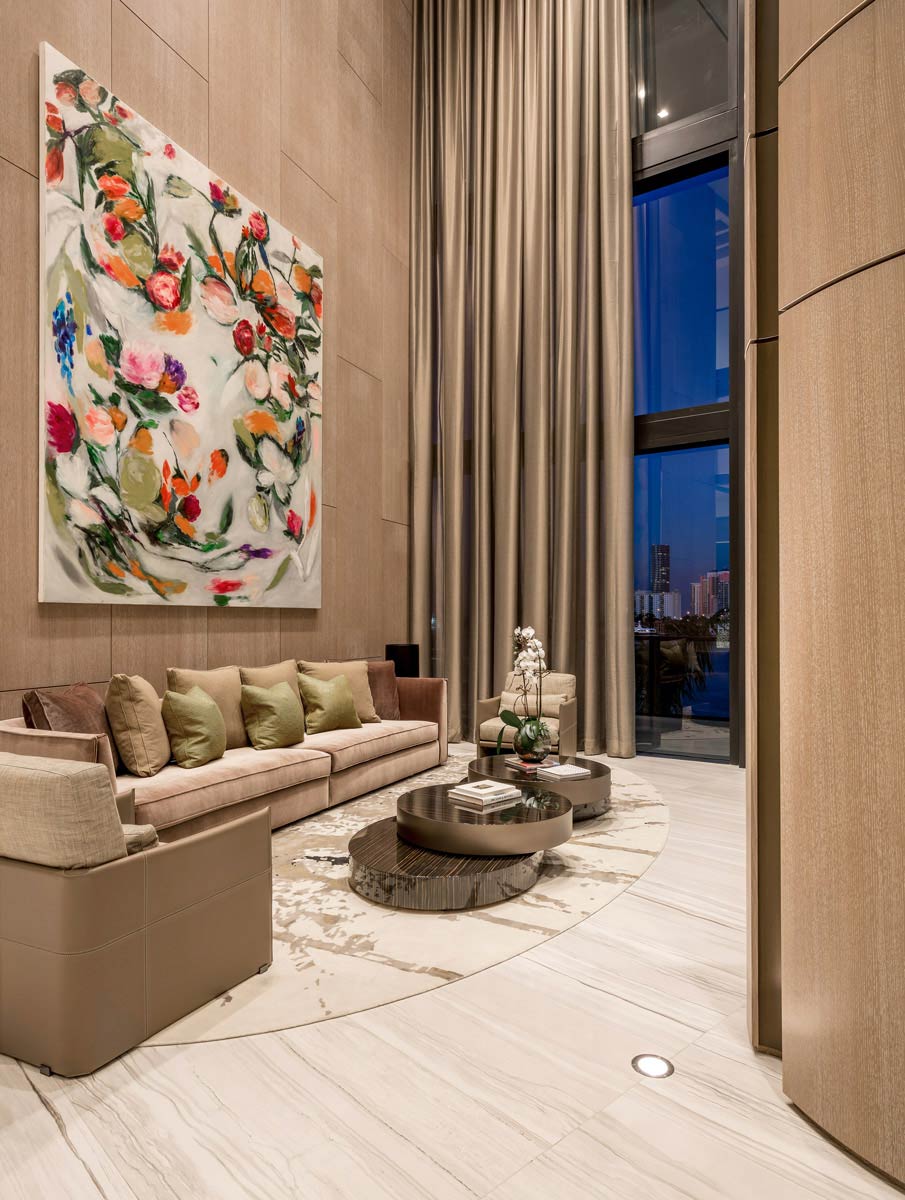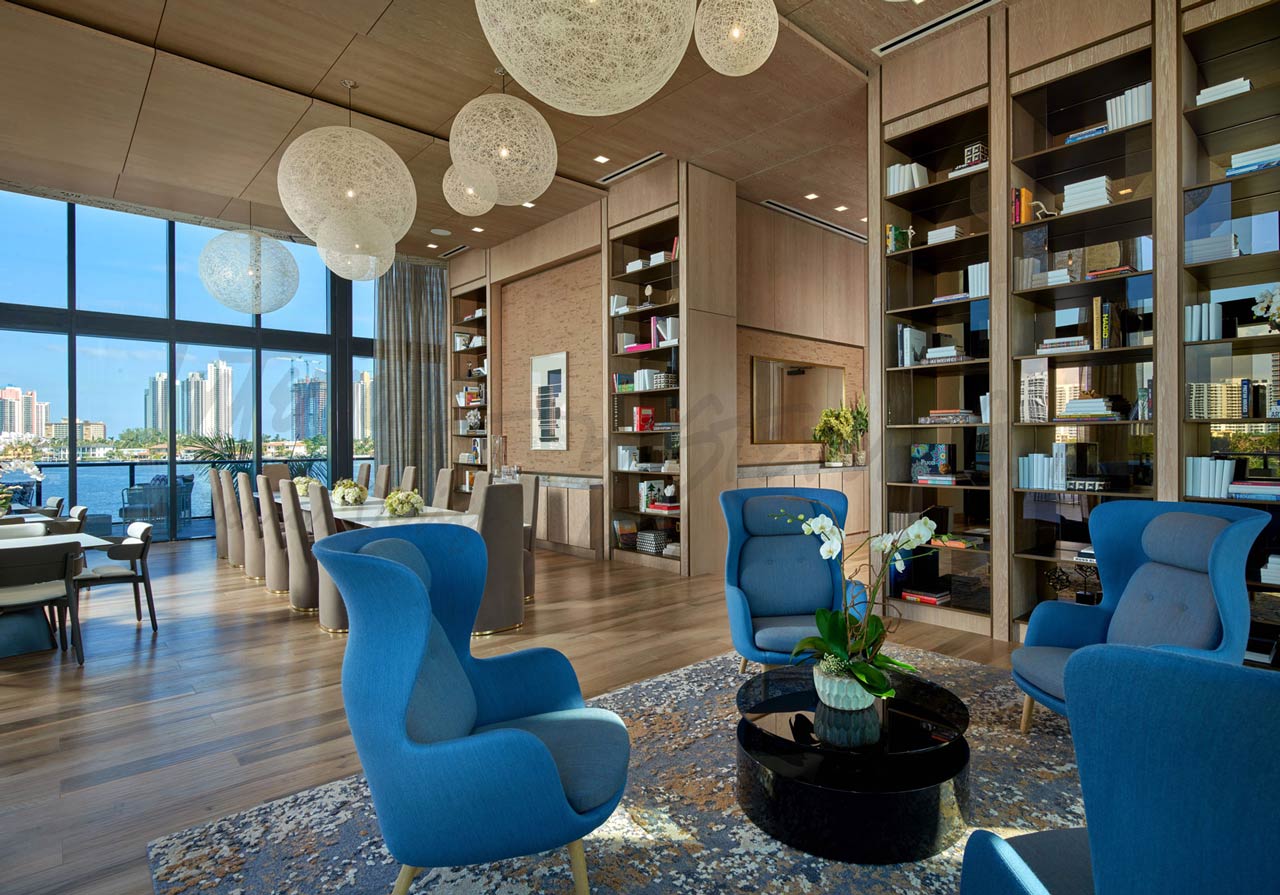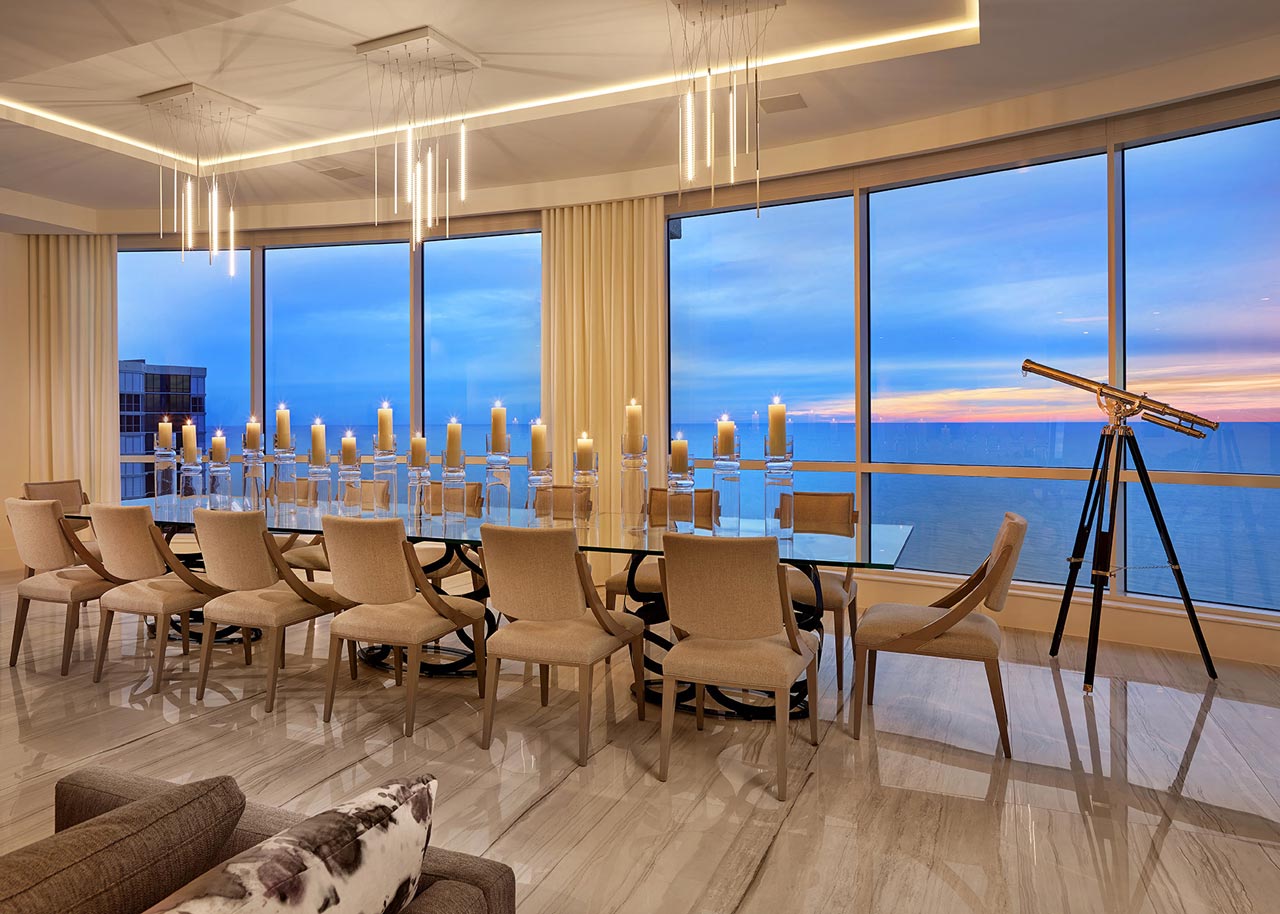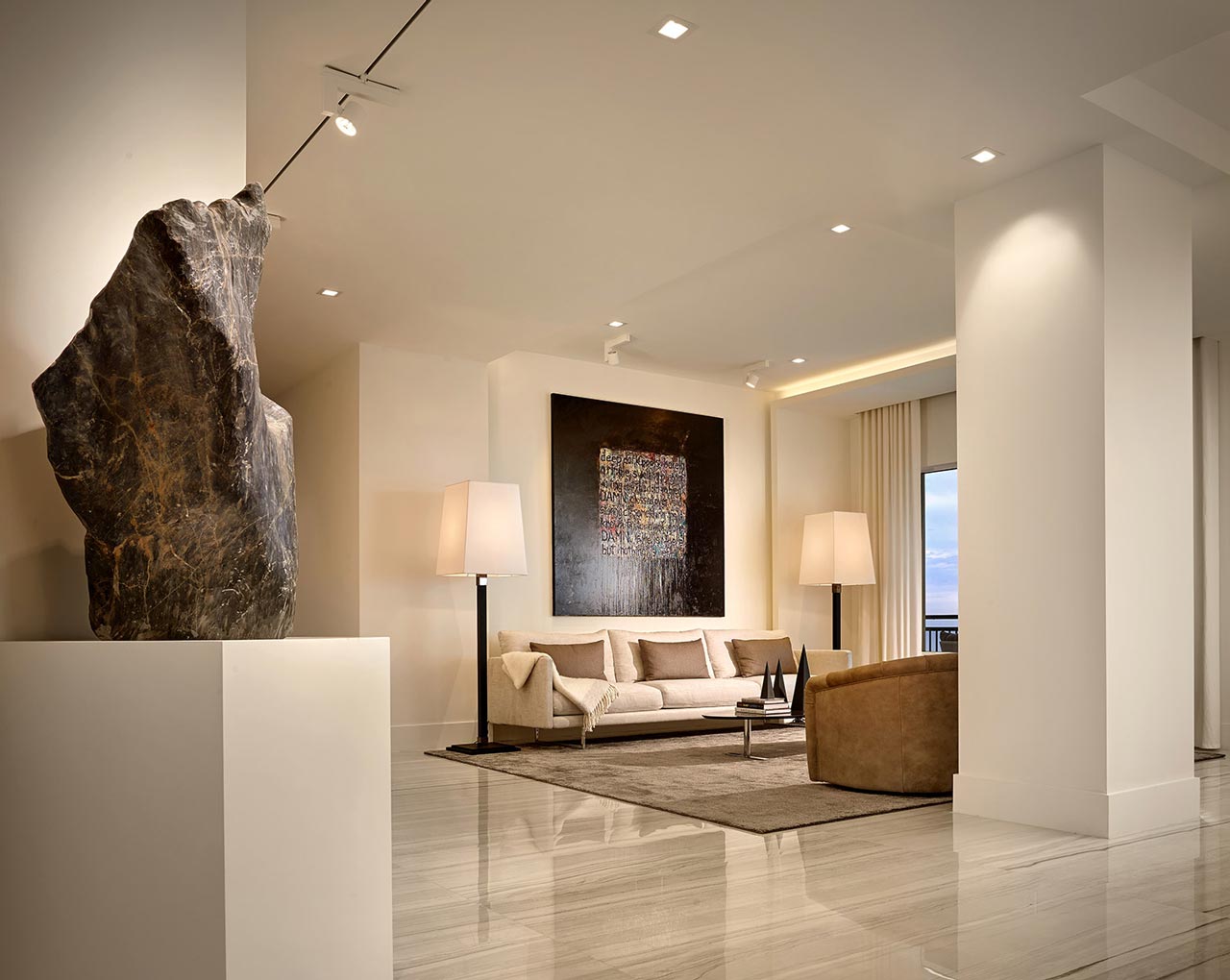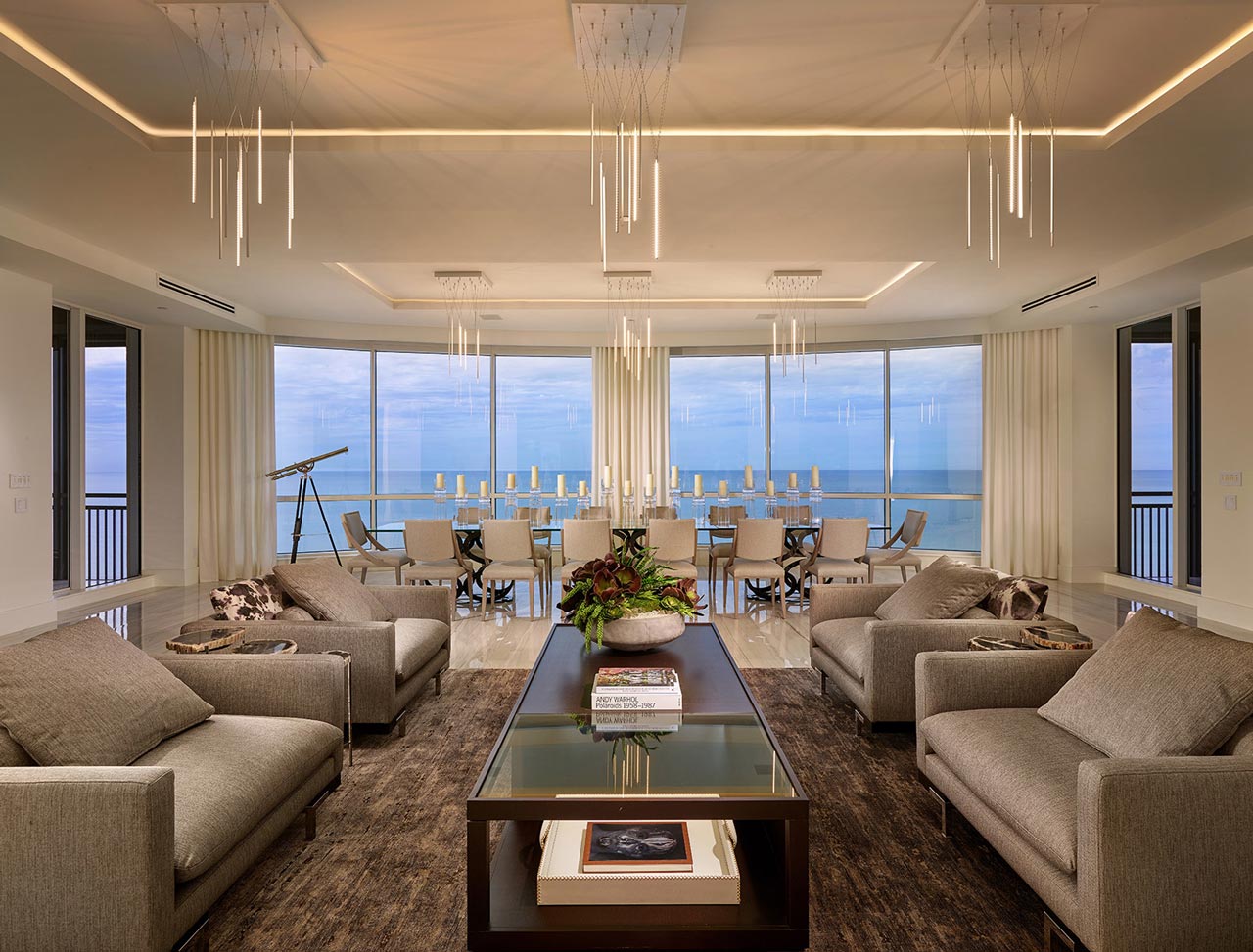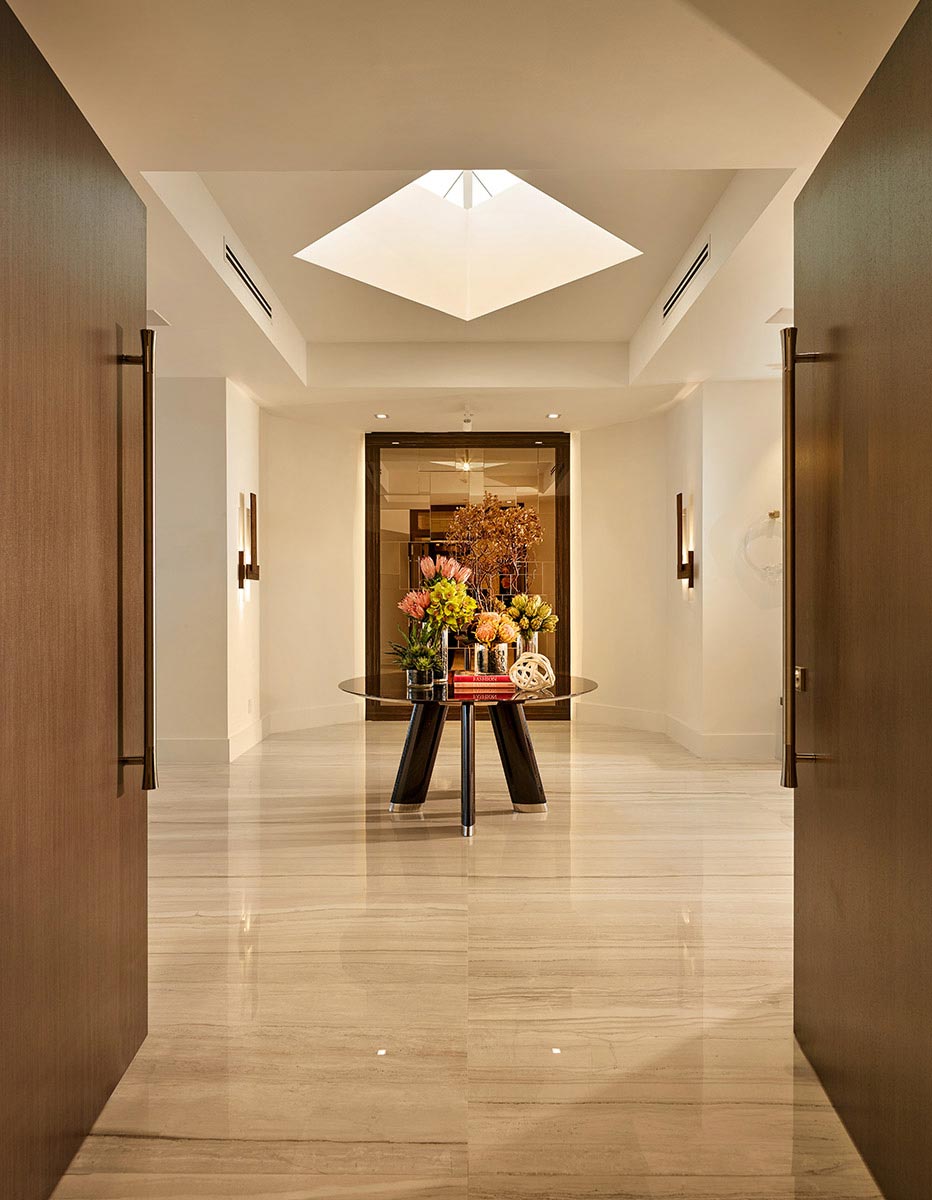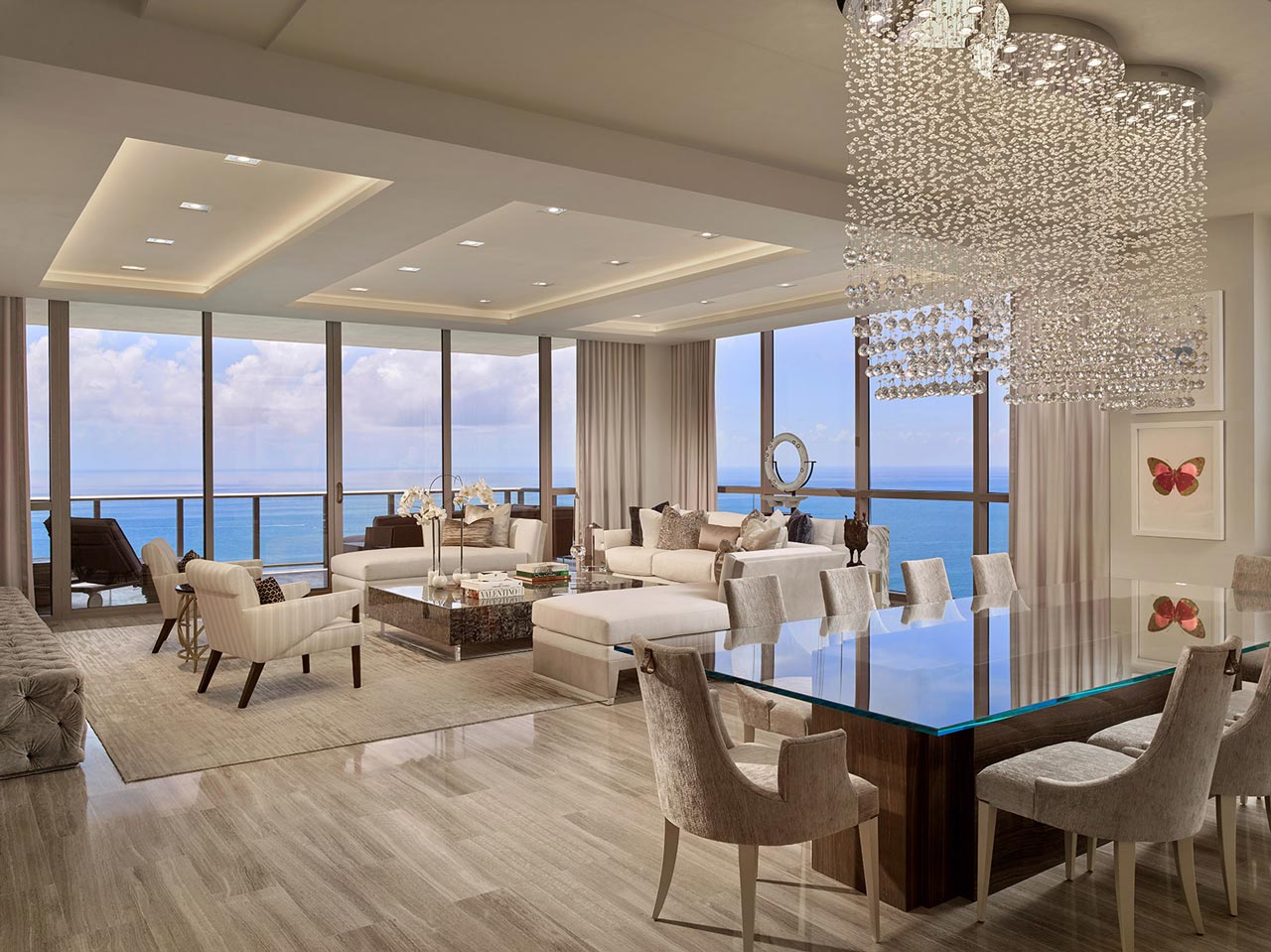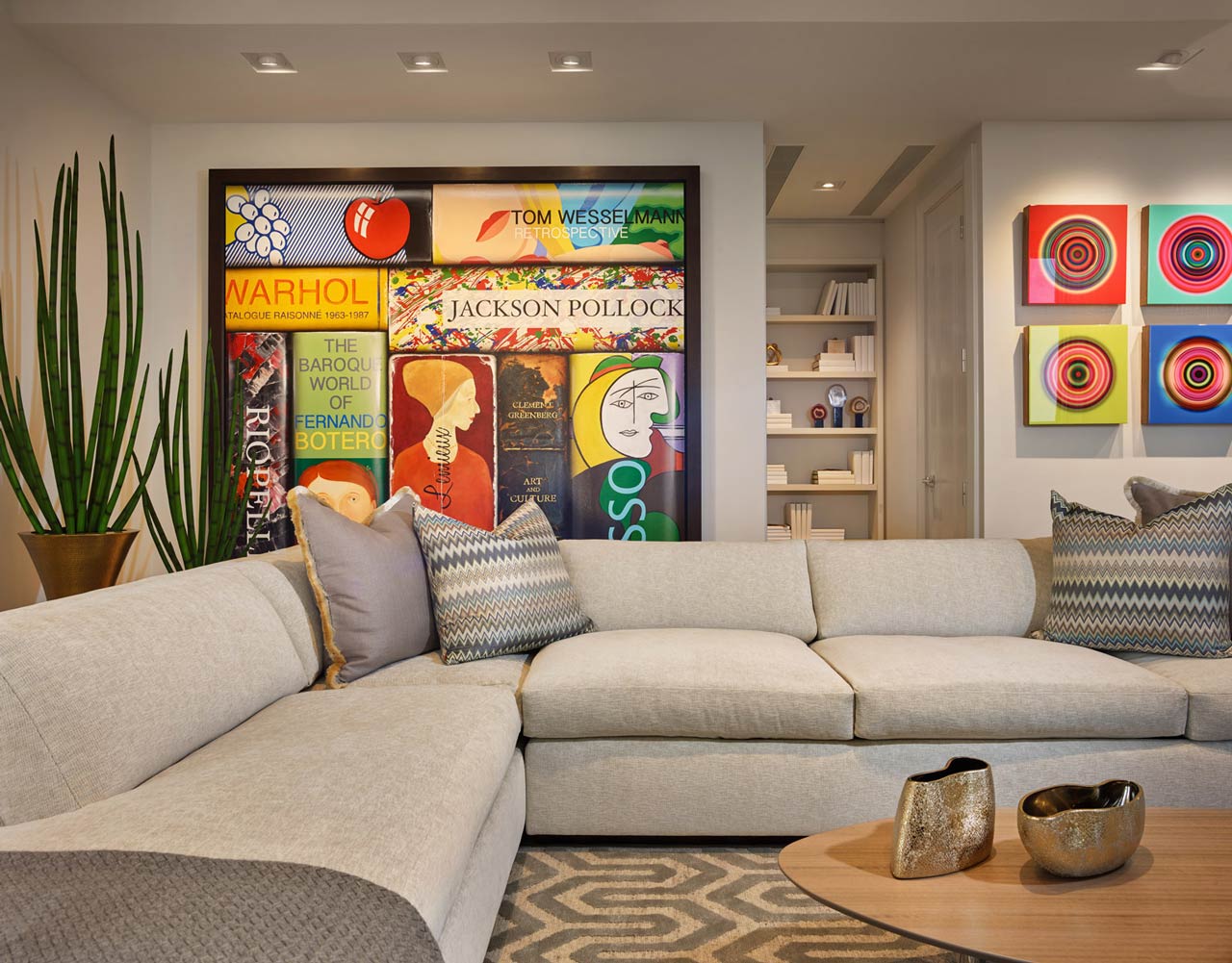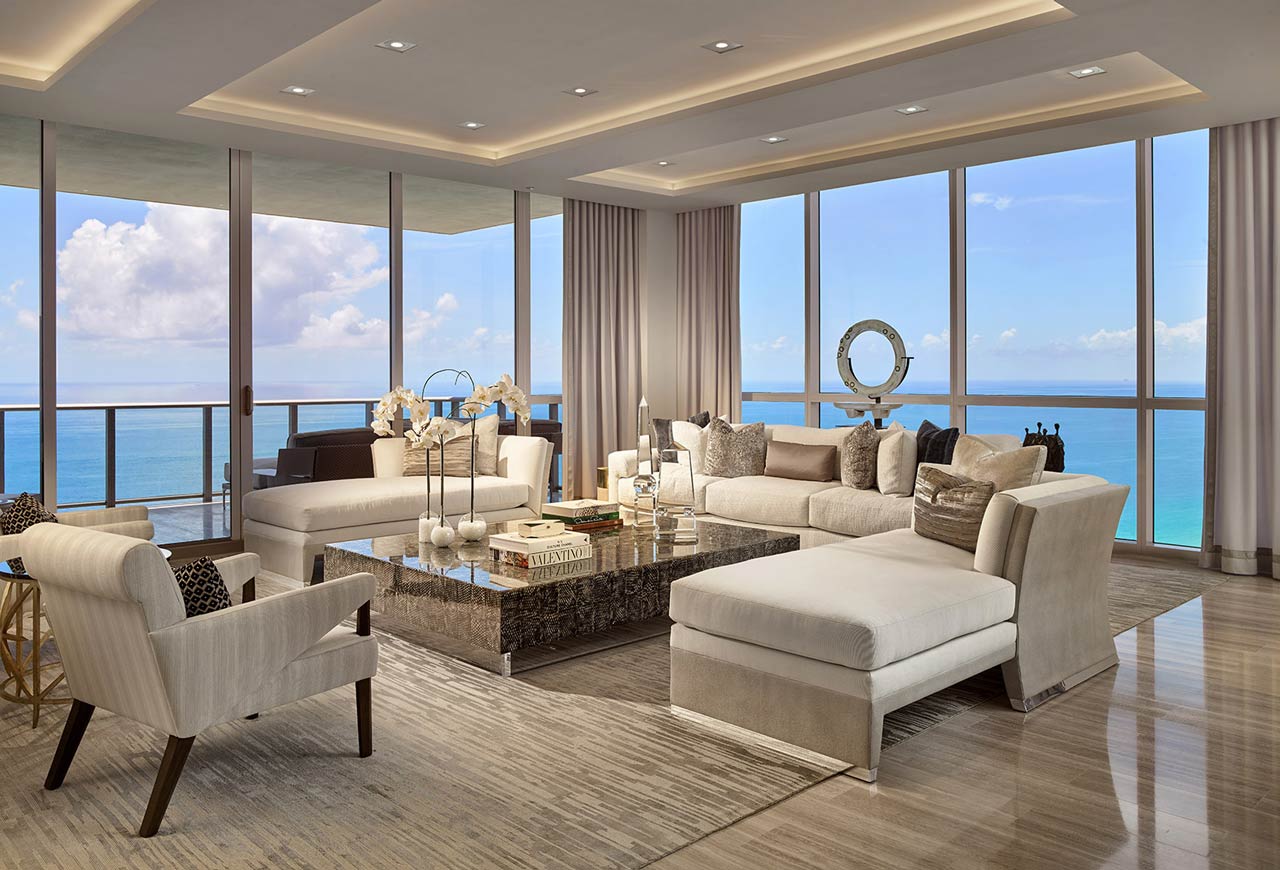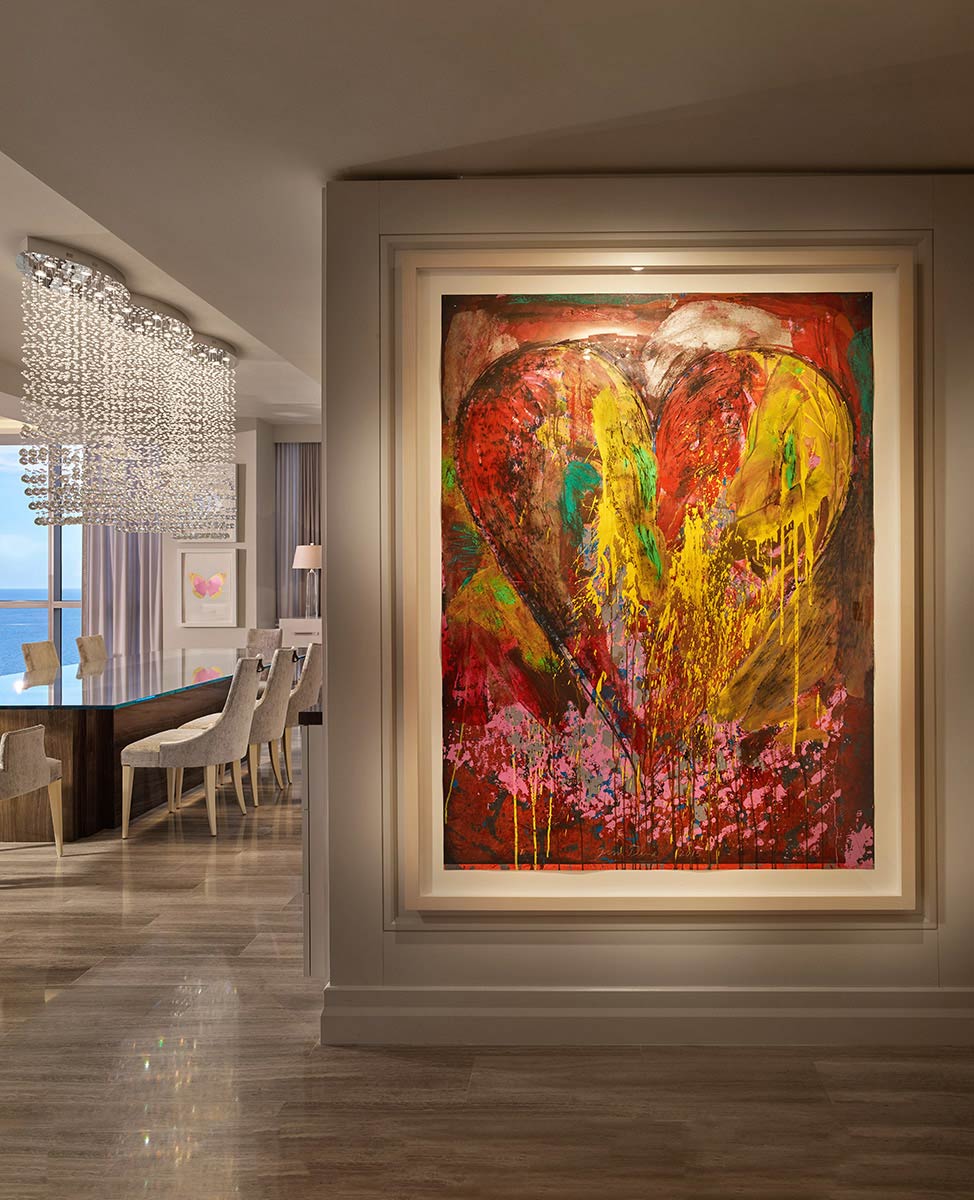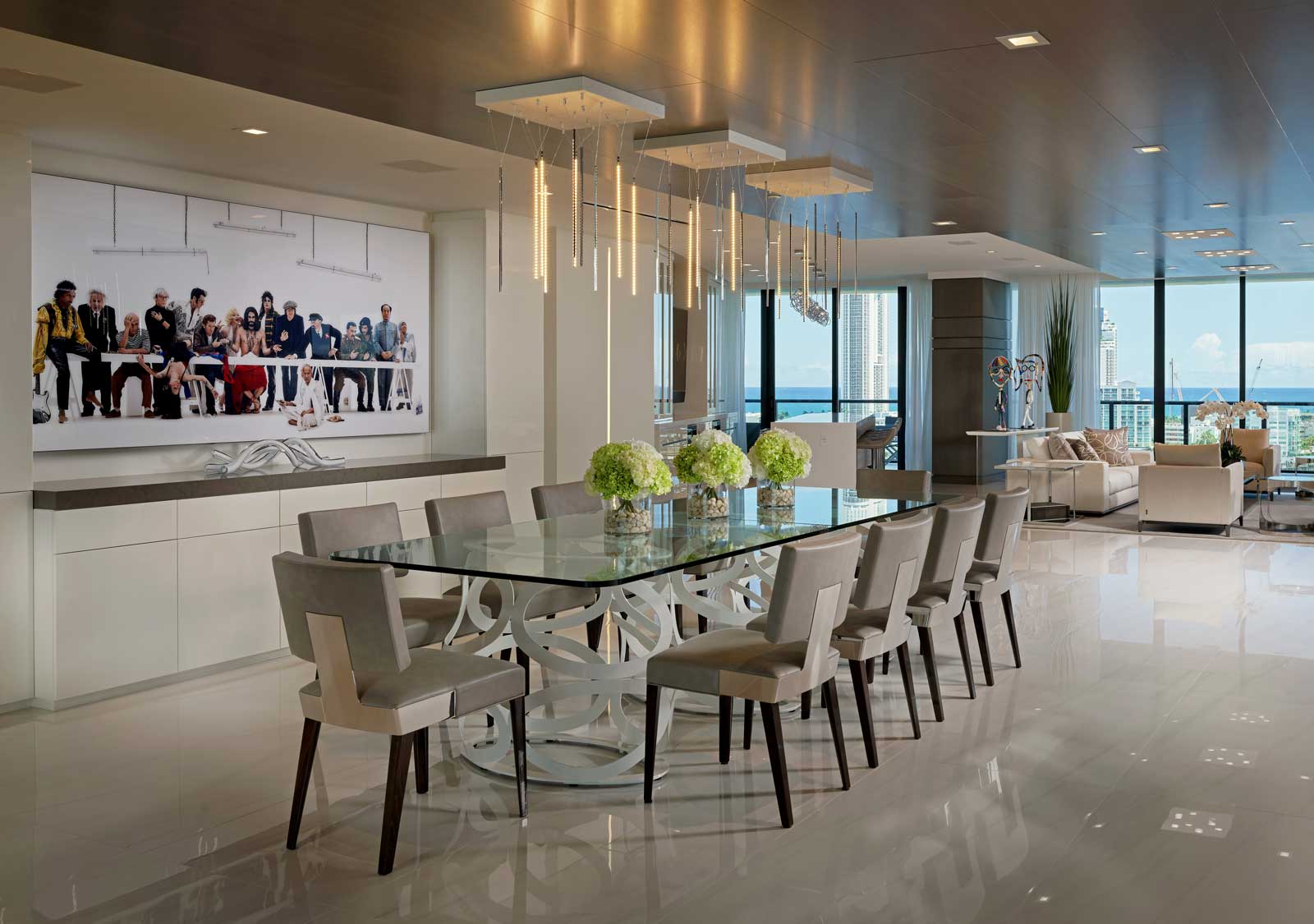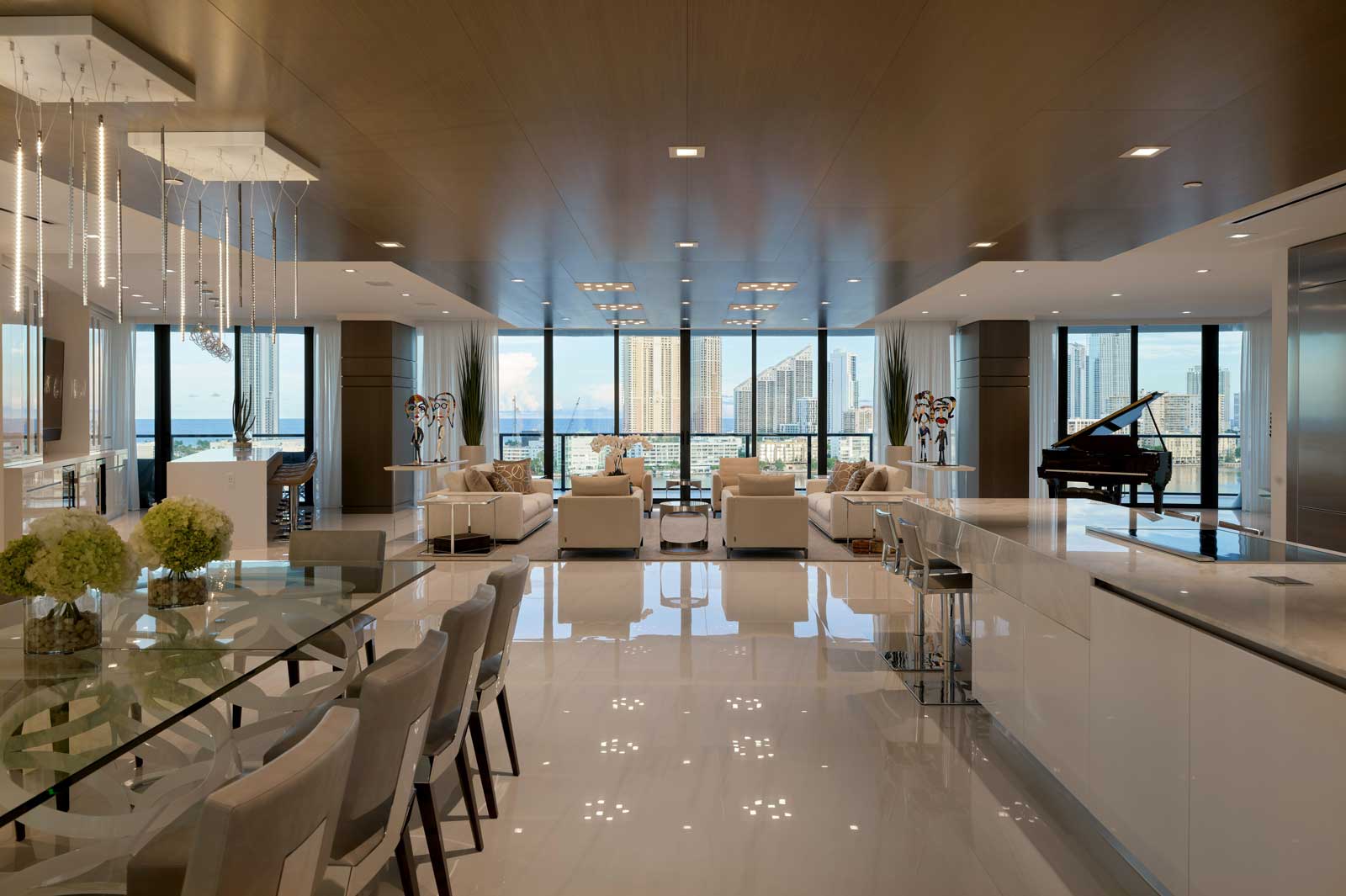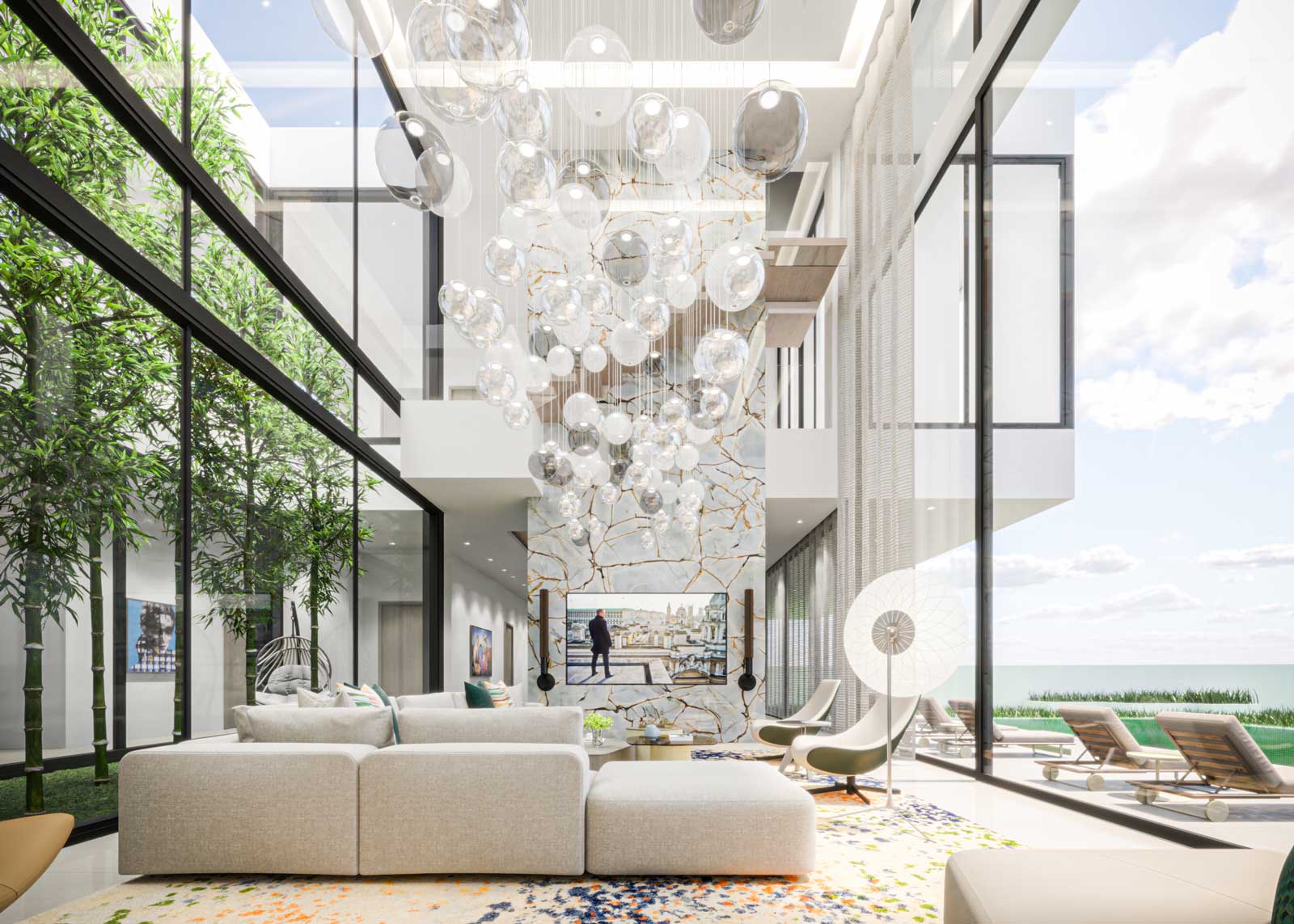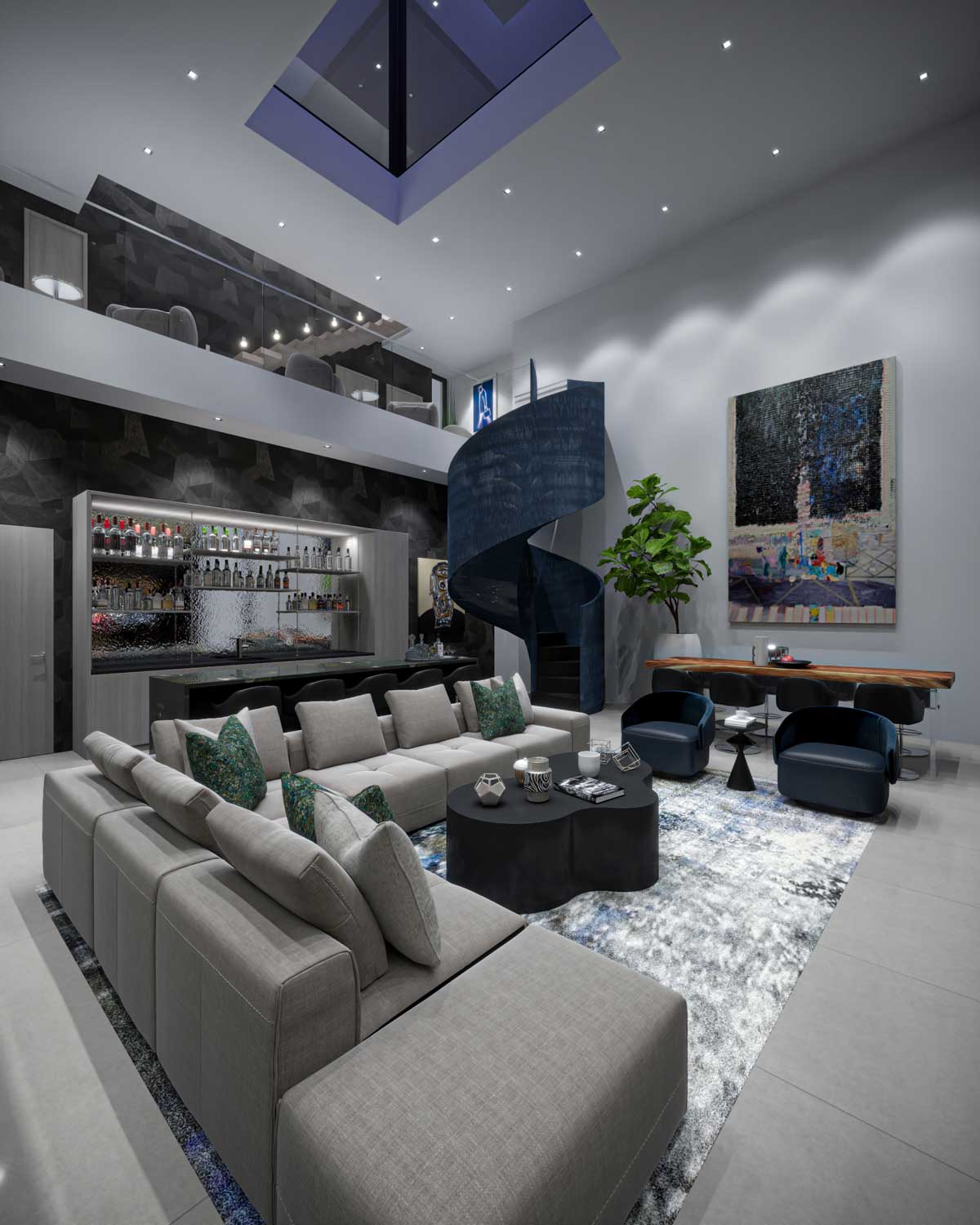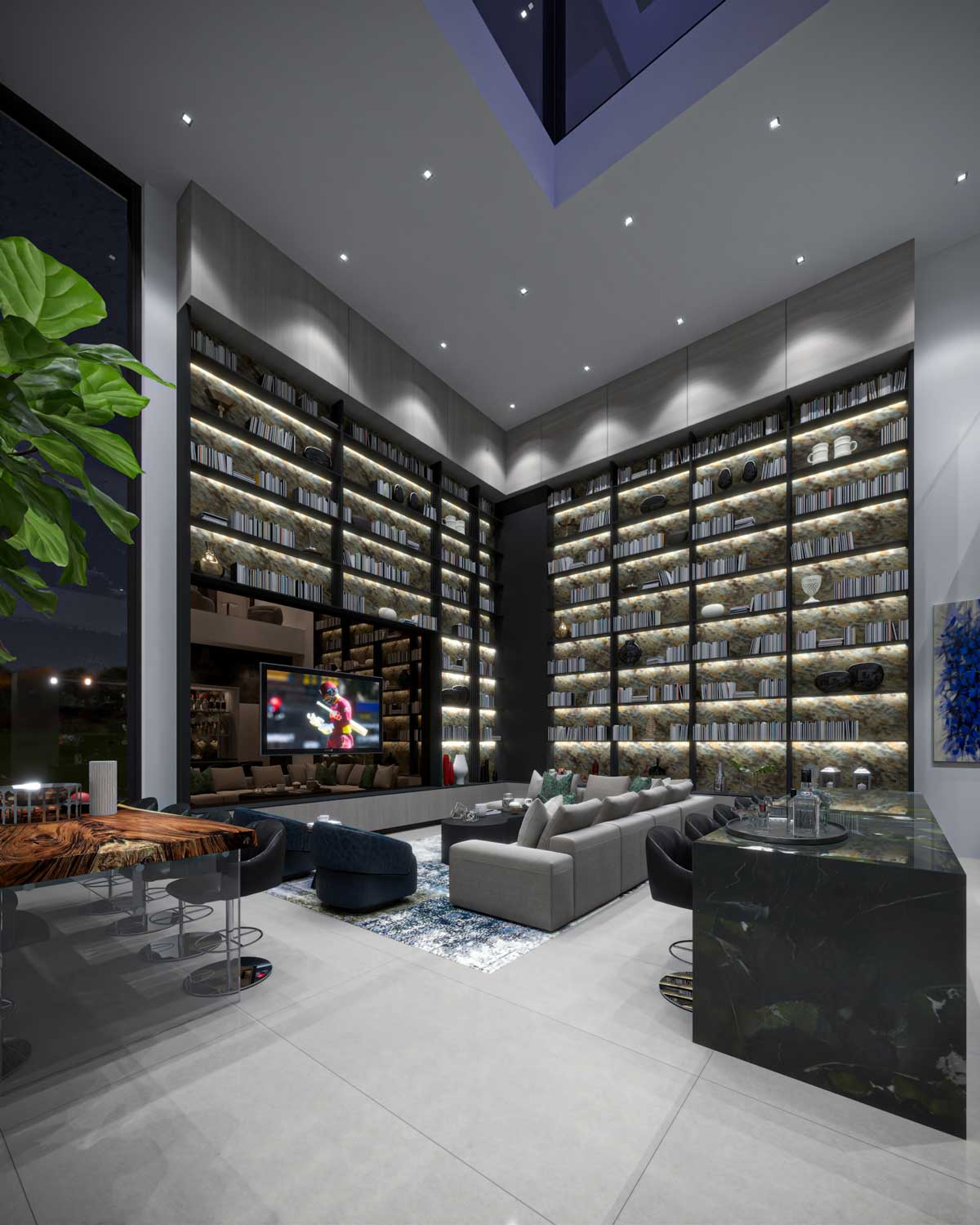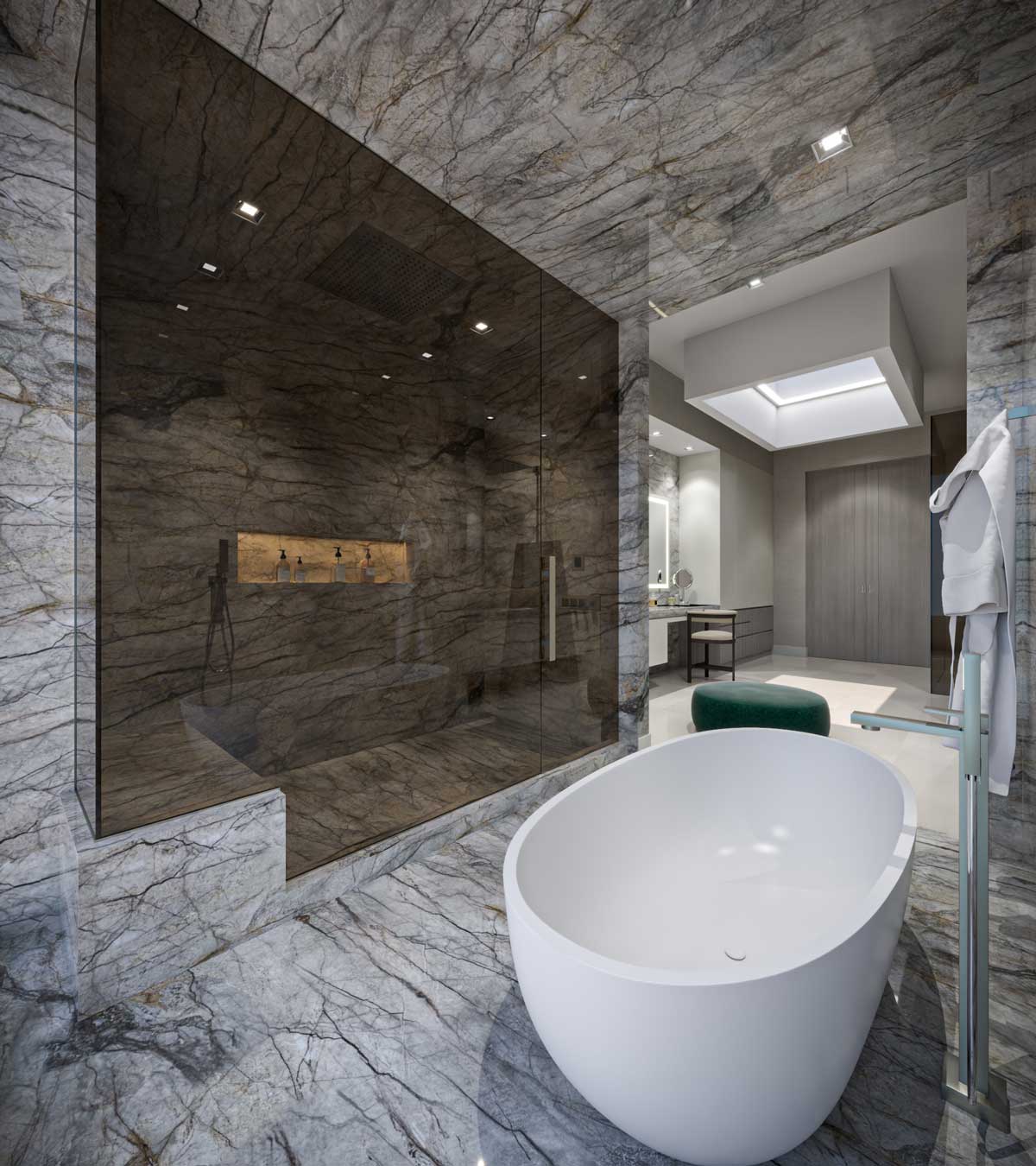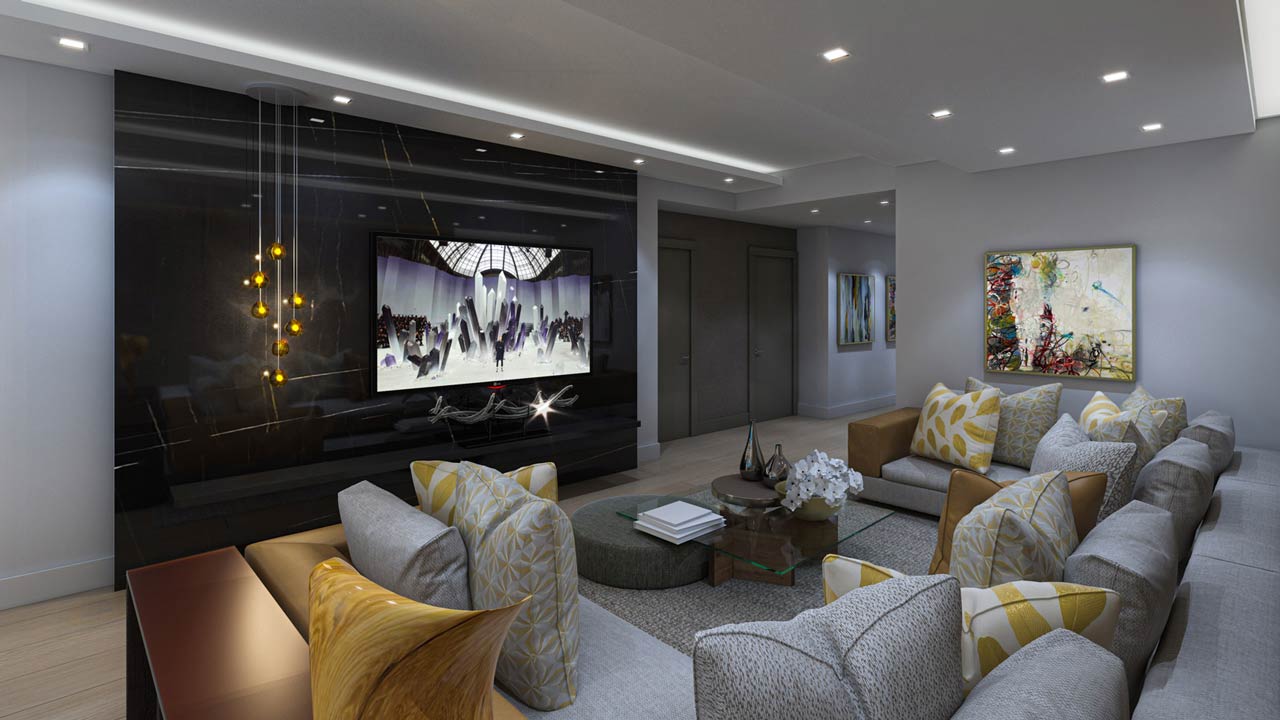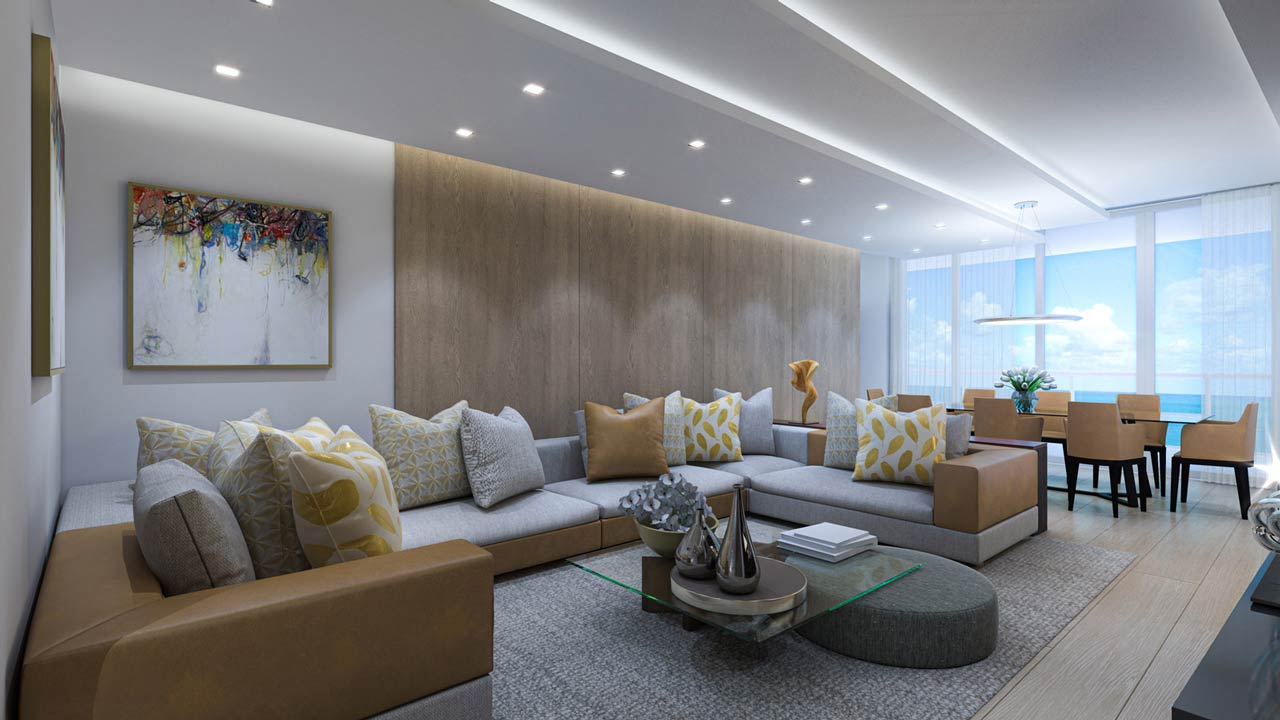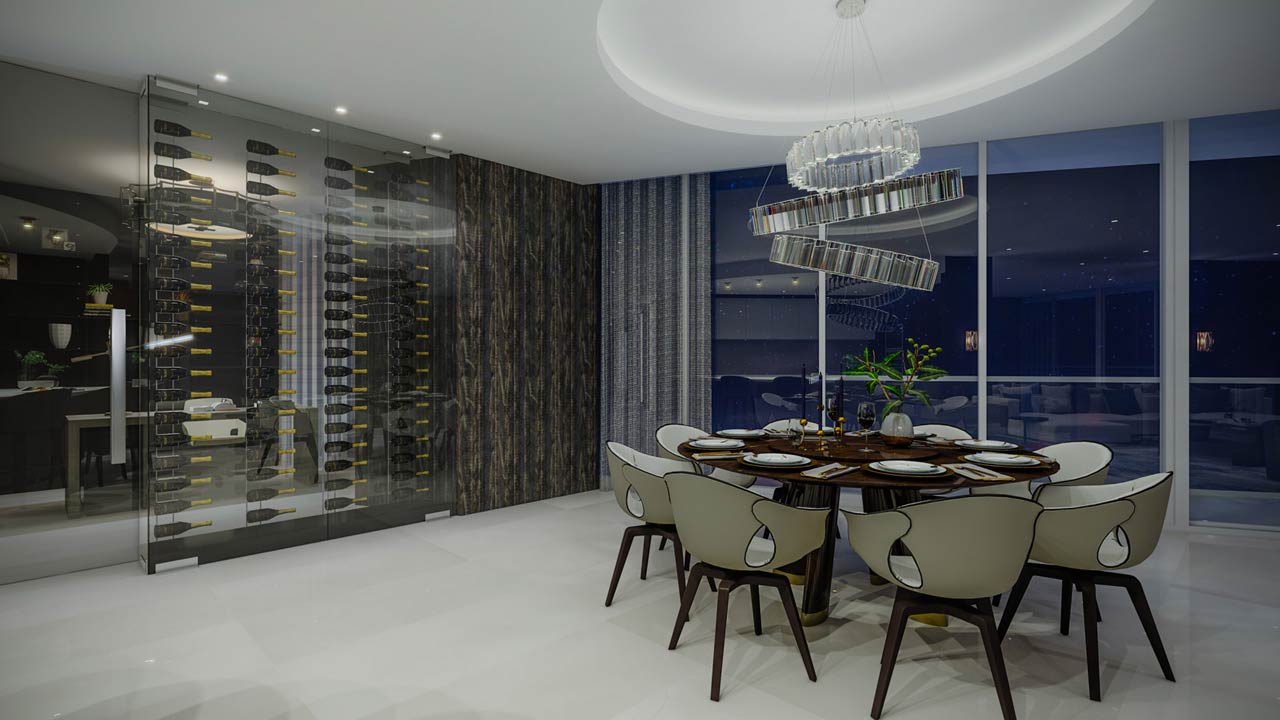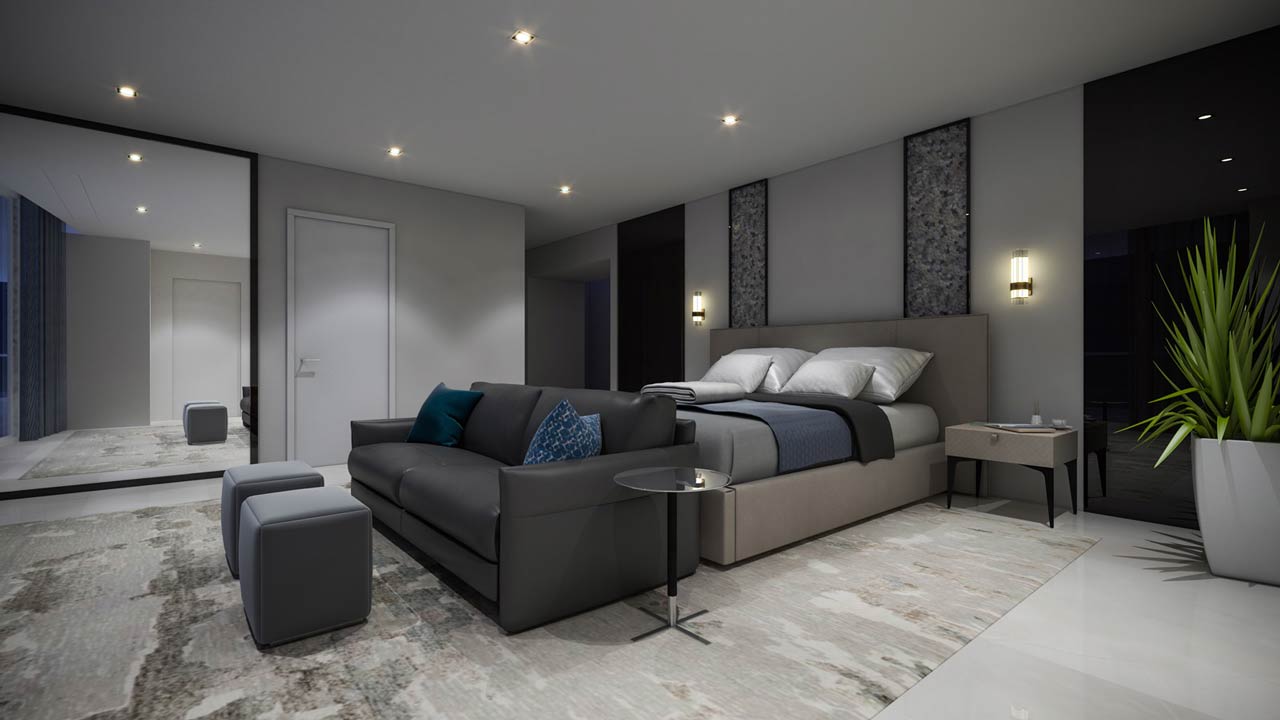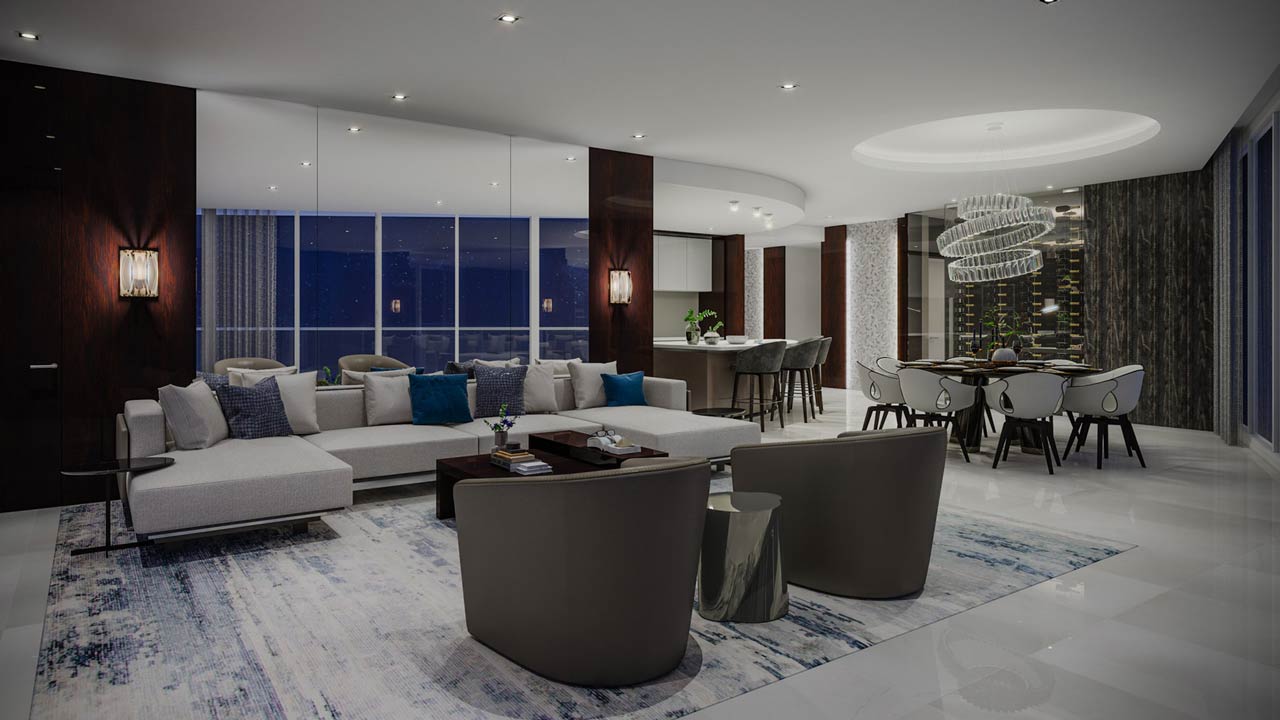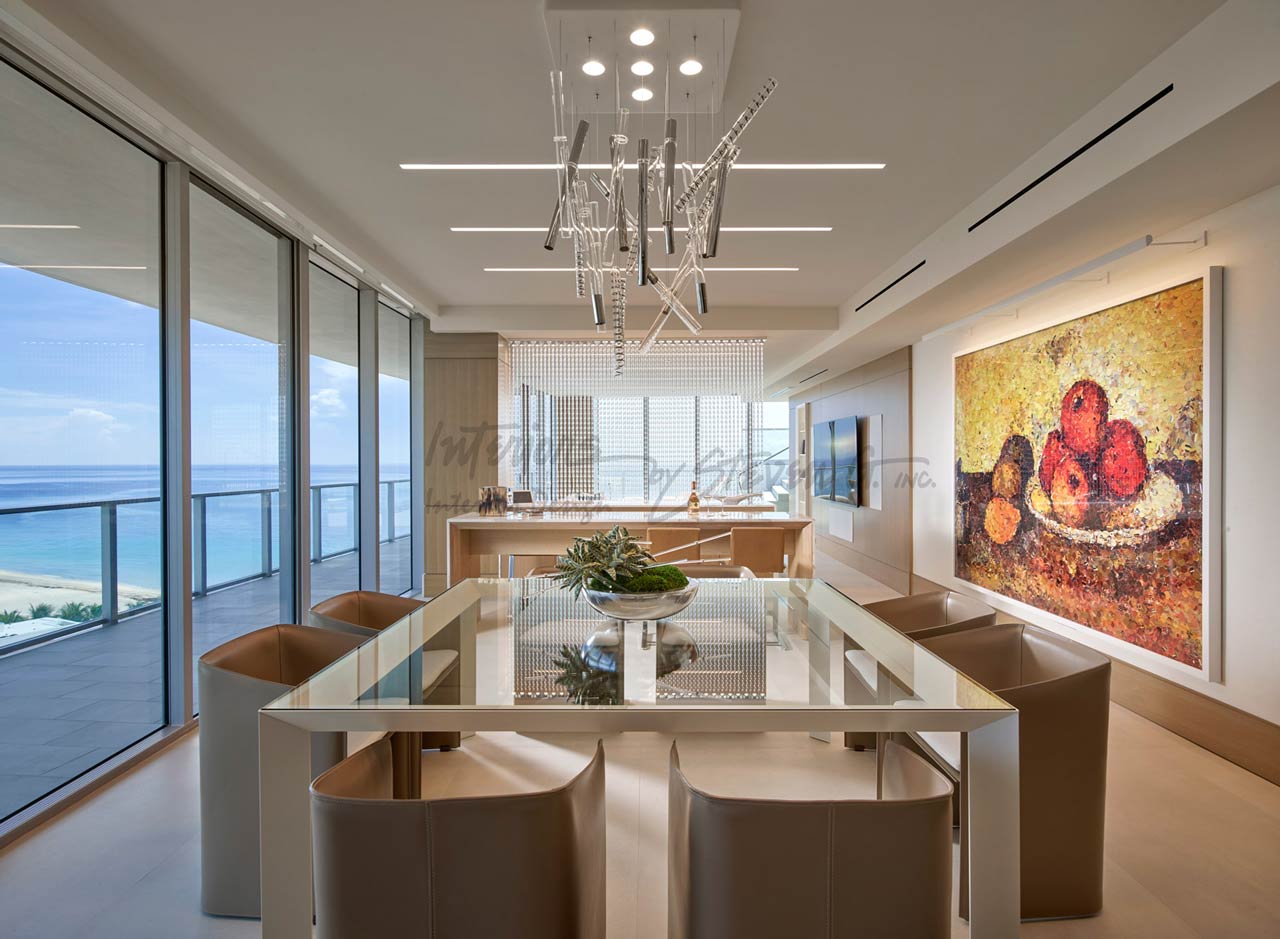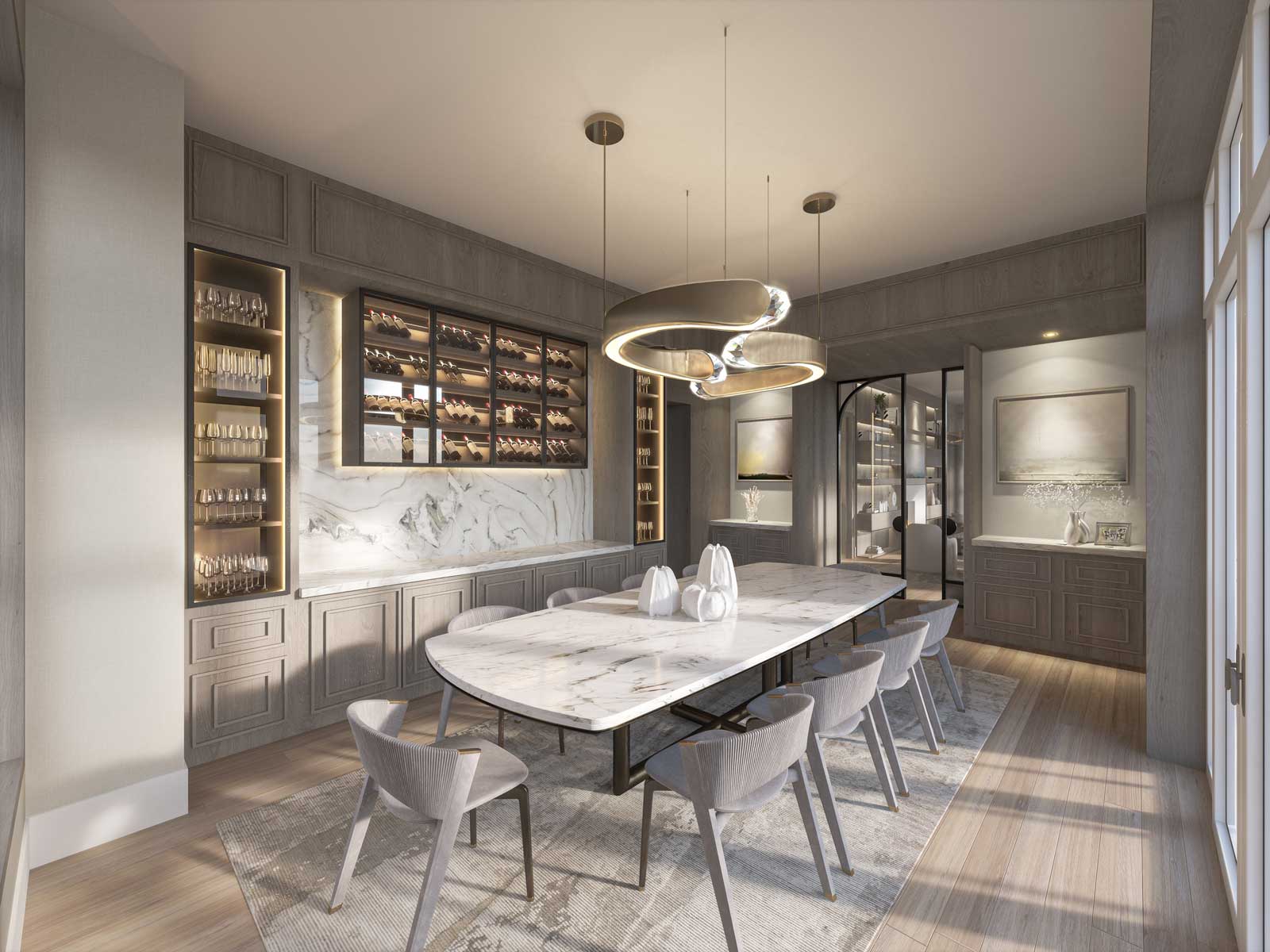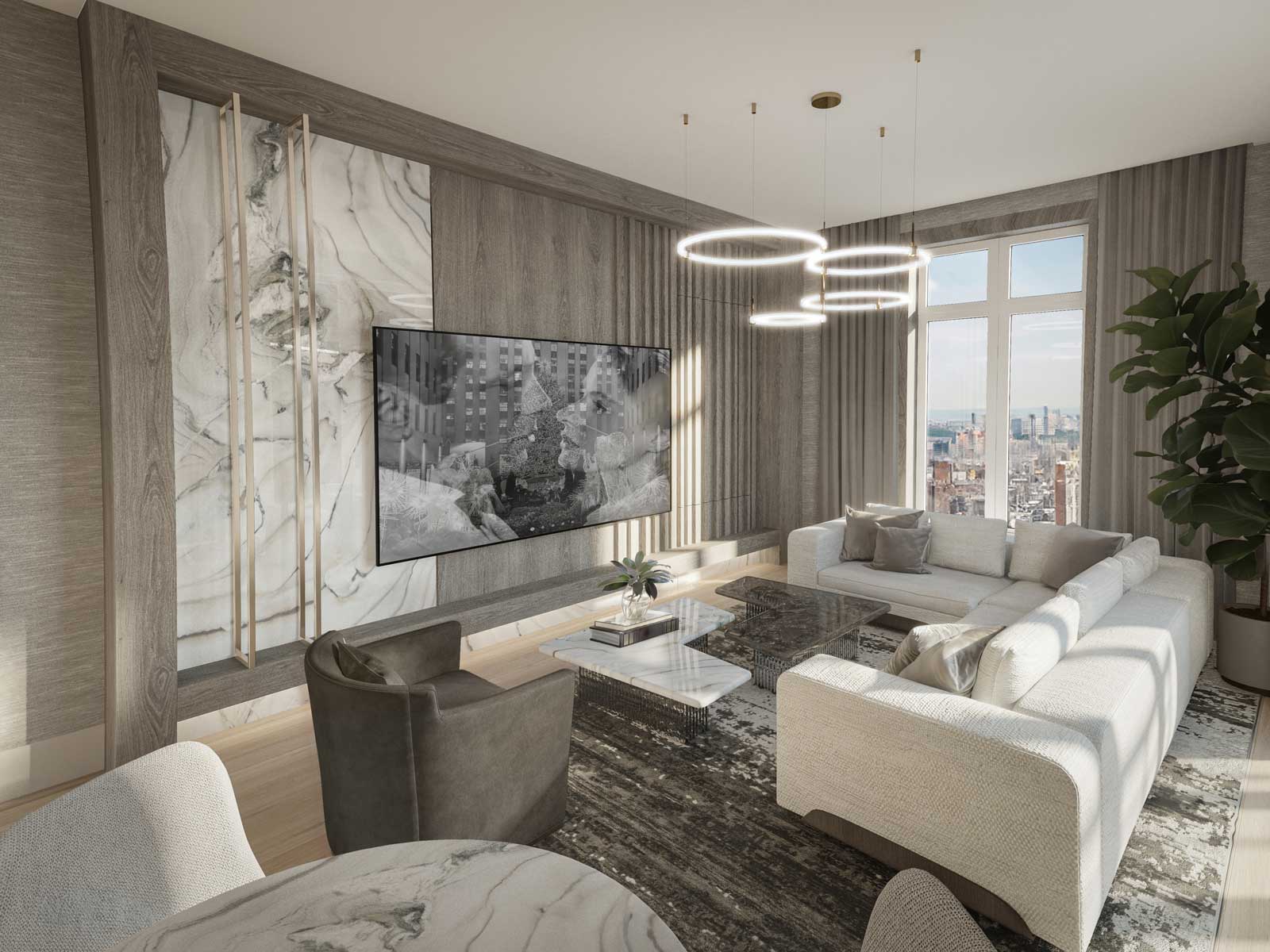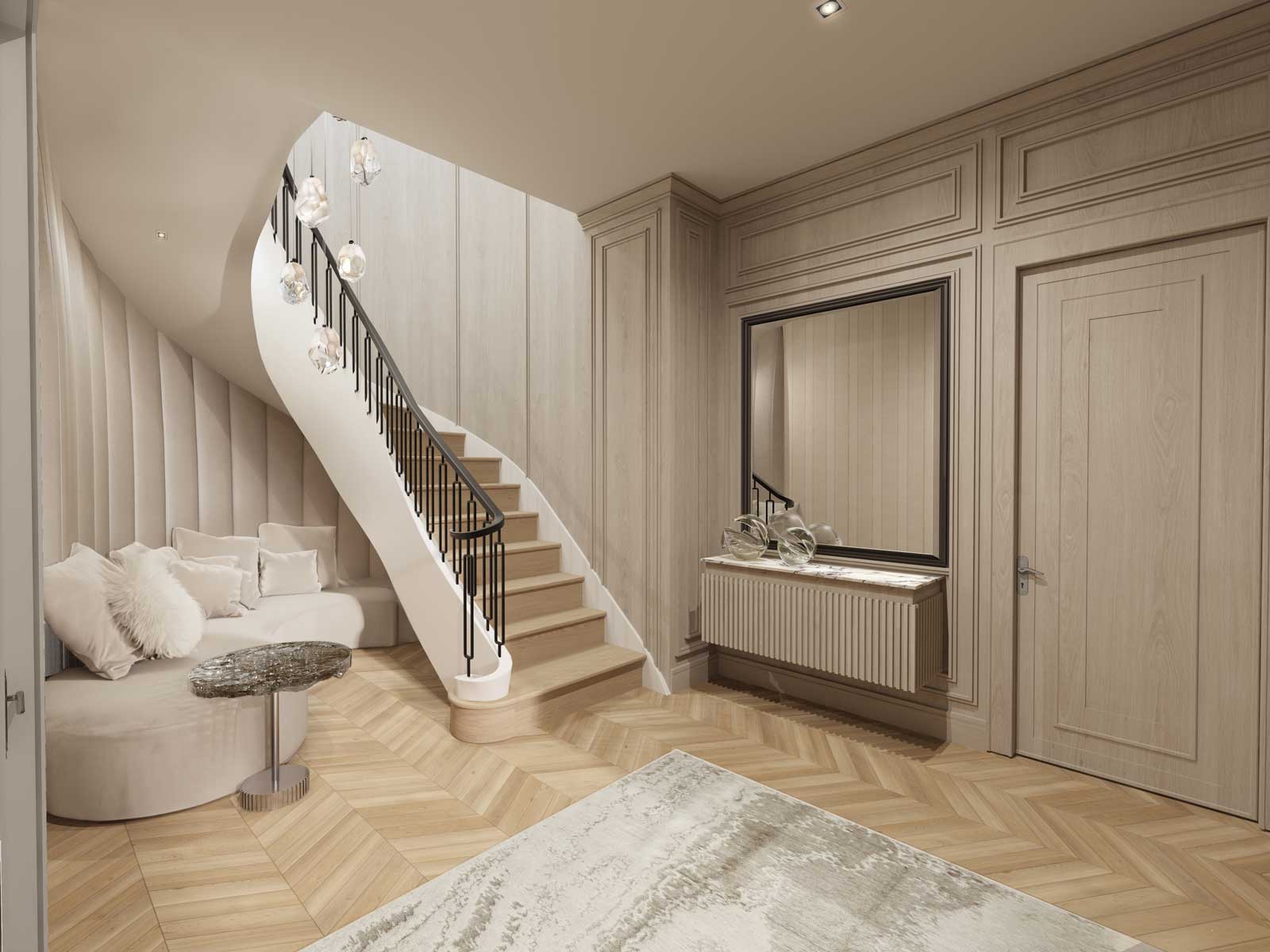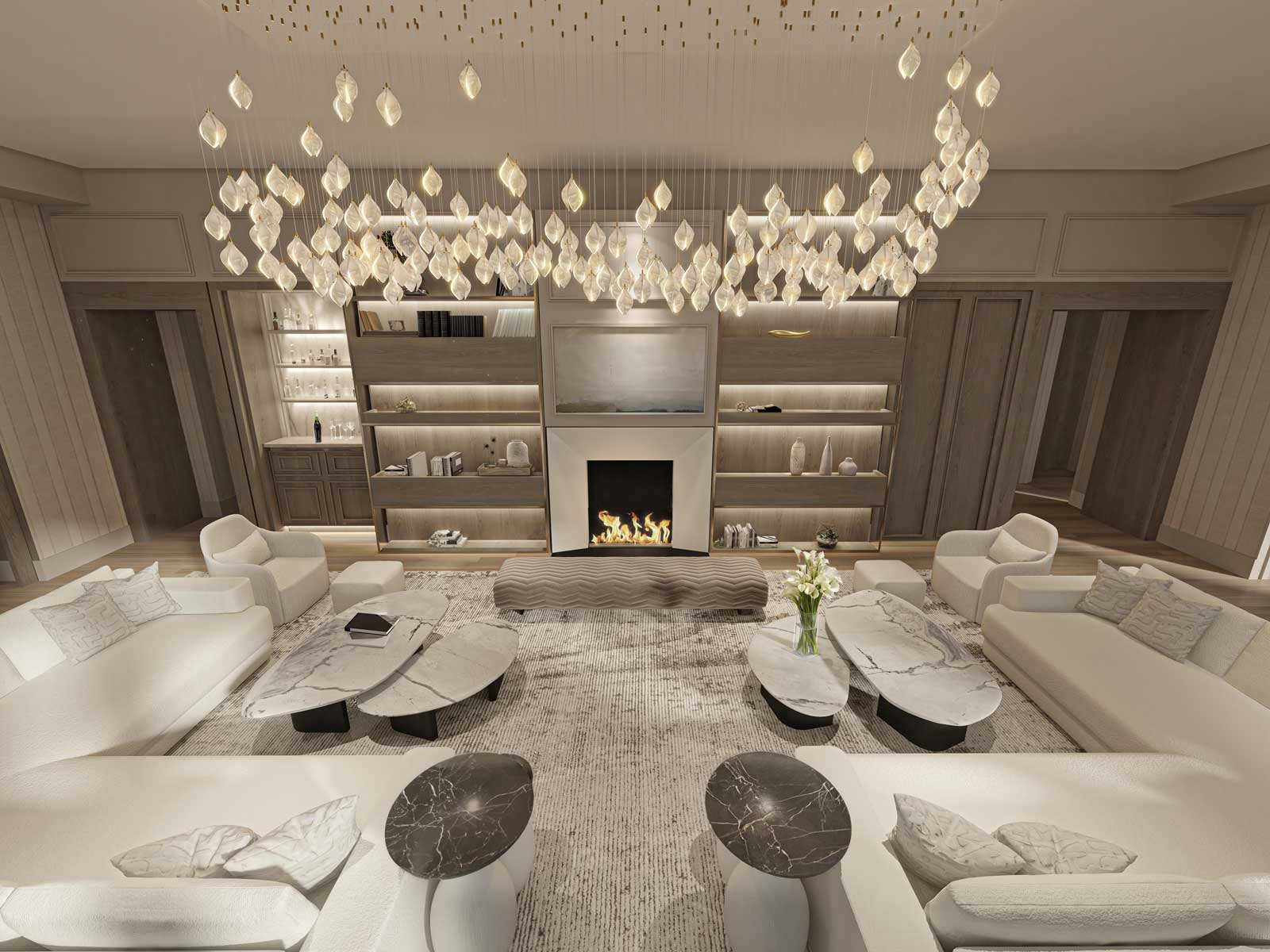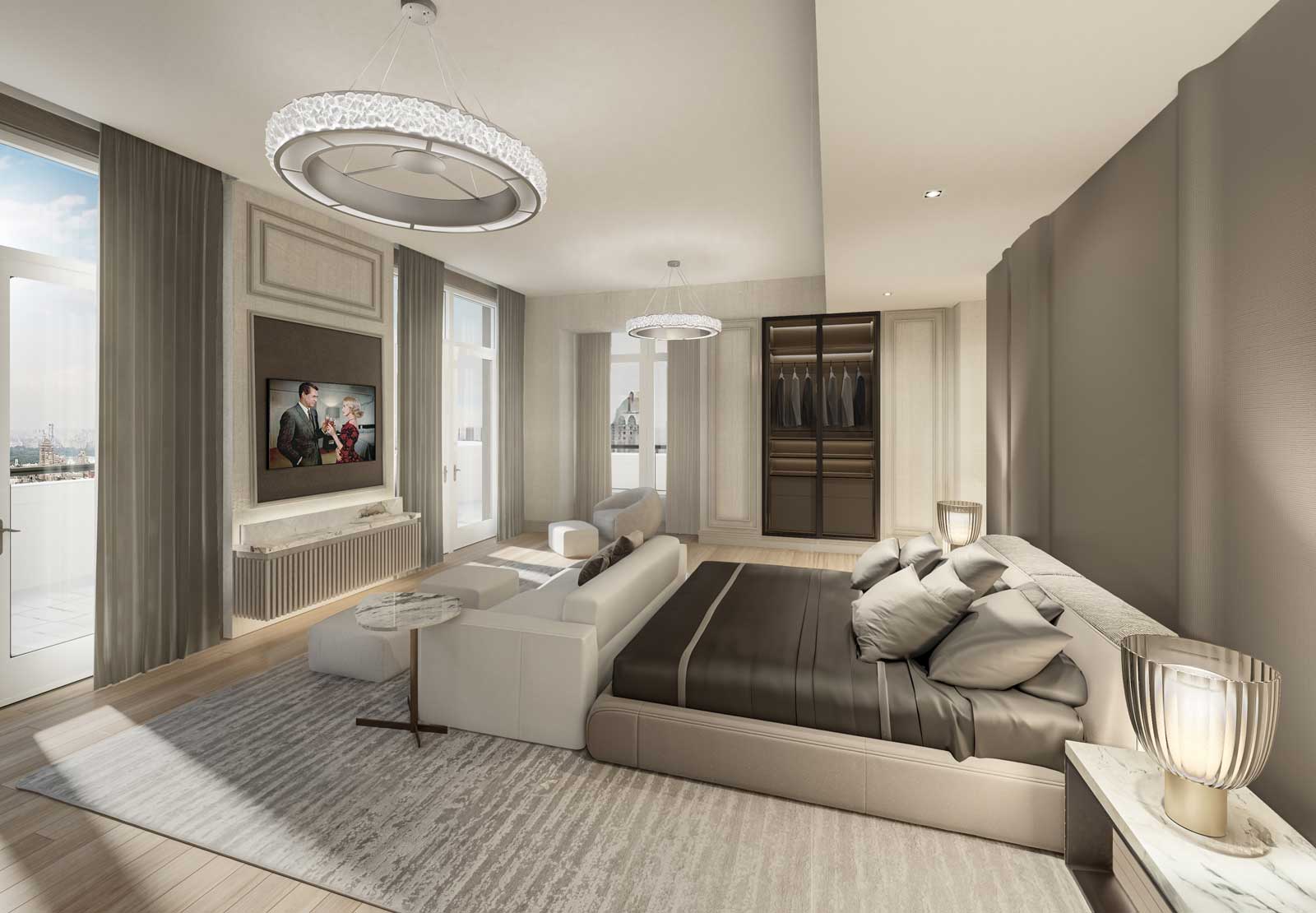I always loved the The Wizard of Oz. When I was a kid, watching it ranked right at the top of my highlights of the year. Right after Christmas, of course.
Scary, fun, happy, sad!!! All these emotions wrapped up into one movie. It wasn’t until I grew up and took a film history class in college that I realized the real genius behind this film.
Firstly, I had hated most musicals as a child. I could just never understand why seemingly normal human beings would be engaged in a highly interesting conversation and then feel the sudden urge to burst out into a little tap dance and a song.
I tried doing it in school. Needless to say it didn’t work. I did take tap dancing however and that didn’t help either.
But then the professor of my college class began speaking of The Wizard of Oz as a musical. Are you kidding me? I’ve been watching a musical my whole life and didn’t even realize it.
Now that is a good musical.
It’s genius! It’s like serving brussel sprouts to a kid in a totally unique way that makes them like it.
Then there was the fact that The Wizard of Oz came out during high quality color film was brand new. It was filmed in a 3 strip Technicolor process, to be exact. This means that there are three strips of film passing through the camera at the same time. One in red, another in green, and the last in blue.
Even by today’s standards, this process is the gold standard of cinematography. It just became too expensive.
In the case of The Wizard of Oz, it was fitting that the film began in black and white and then transitioned into vibrant colors.
Most people in 1939 had never experienced a big screen colored film. Going to a movie in those days was a huge deal because television did not exist. It was an escape from everyday life. The story line of the Wizard of Ozseemed serendipitous to the technology that happened to be occurring at the time. And that’s what made it so magical.
So why am I spending so much time talking about my favorite film on a blog about high end interior design? Because it illustrates the power of serendipity…and allowing serendipity to happen is the most important thing you can do if you want to end up with a truly quality interior design for your home.
WHAT IS SERENDIPITY AND WHY DOES IT MATTER?
Serendipity as defined in the dictionary is “an aptitude for making desirable discoveries by accident.”
As a full service interior designer in the New York City area, I found early on how important it is to optimize your environment to make the most of it. And I learned that you had to be prepared to accept the parameters and the obstacles of that environment to shape the world you want.
Serendipity is often about placing subliminal footnotes of your design obstacles in the back of your mind and to refine them as opportunities.
HOW THE MOVIE BIG CHANGED HOW PEOPLE LIVE IN NEW YORK
The movie Big was released in 1988. Some of you may remember it as a quirky, funny movie with Tom Hanks.
The movie certainly did a lot for Hank’s career, but it also had an unexpected, serendipitous effect. It planted a seed in the average Americans mind of a new lifestyle possibility. Yes, the movie was fun. But what about that kick ass LOFT apartment? It was great. Wide open and tall enough to use a trampoline in.
I know when I saw it, I immediately thought to myself, “Hey I could live that way.”
The movie changed how people visualized what a home environment could look like. And as a result it started a trend that serendipitously revived the abandoned industrial areas of many downtowns across America.
MAKING SERENDIPITY WORK FOR YOU
Don’t Fear: Don’t fear your space. Don’t let a difficult space get the best of you. Don’t let it drive you crazy. Hey it’s only space. Relax. If you begin to worry, you won’t be able to leave your mind open to see truth or the best solution. That hurts the creative process. This is true in anything in life. If you worry it will make you do things that wouldn’t ordinarily do with a clear mind.
Preconception is a Killer: Don’t preconceive how a space should be in your own mind. No design and no space are perfect. So stop setting yourself up for failure and setting your standards on a cloud that will likely vaporize. I have clients that want perfection. I’m dying over here because this column or window is in the wrong spot. One of your legs is longer than the other also. Get over it. The problem with preconception is that once you have a particular idea in mind, it’s difficult to get it out. But if you persist with the idea you may end up forcing the issue. As a result, your design will appear to be forced and without flow.
Give and Take: High end interior design should be a process of giving and taking. It is a gray abyss. If you force something and it goes wrong, it often manifests itself and has a chain reaction effect. Likewise, when you have done something correct, it feels easy and at one with you and begins to flow like the river. Everything in design is connected in some strange invisible universal web. It’s like some weird physics equation that no one has found a formula for and no one has defined yet . You have entered a vicious circle in which escape is difficult, a vortex of calamity. I call it the Twilight Zone of design. Beware.
Allow serendipitous moments to happen: Be open minded. Don’t dismiss something because you haven’t the ability to visualize it right off the bat. Give it a chance to live a moment even if the initial thought doesn’t work let your mind exercise on it. It may take you in a direction that will work. I often find myself trying things and thinking of things that I really don’t like. But I never dismiss them without first asking myself why I don’t like them. I look at is as a valuable learning process. When you ask yourself these questions you will discover things that you have not yet verbalized or realized.
Tell us what you think. Post your comments below.





